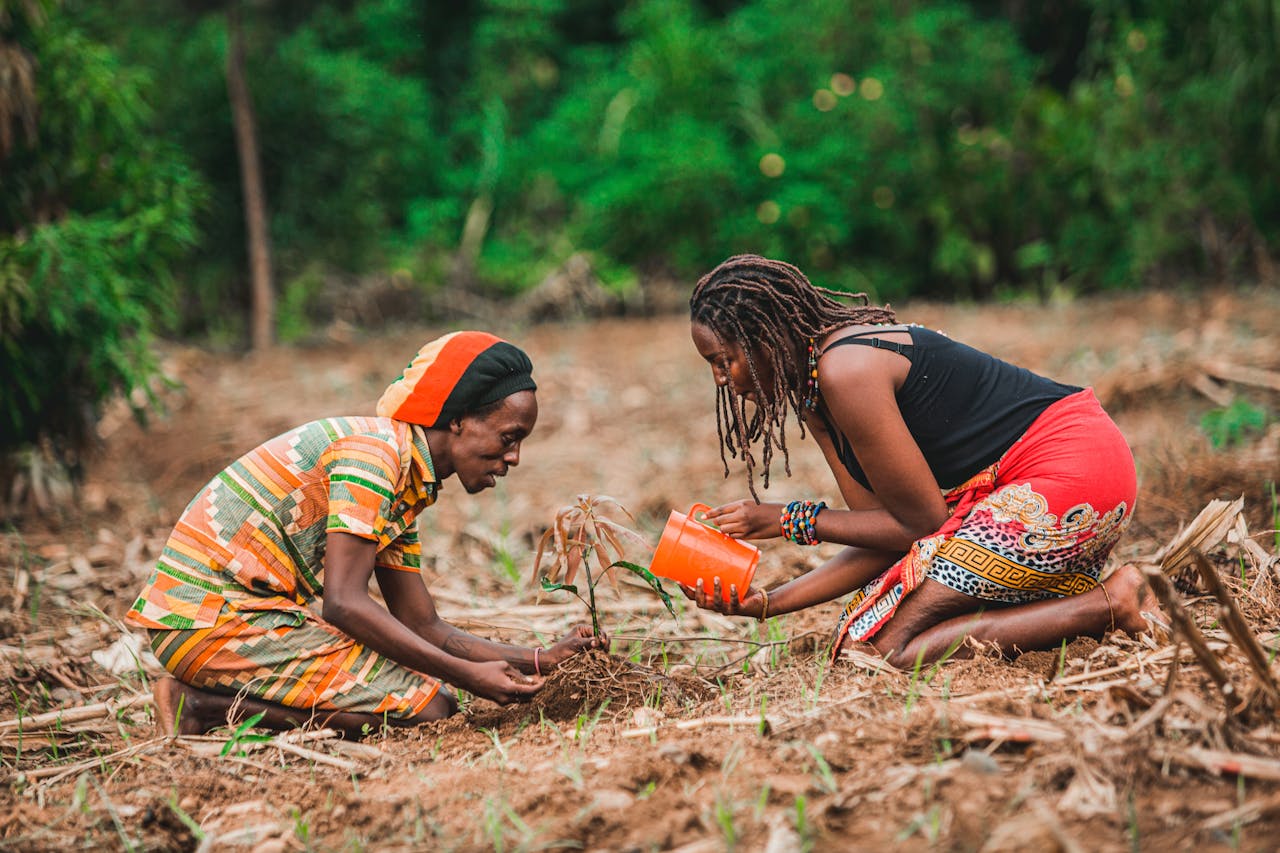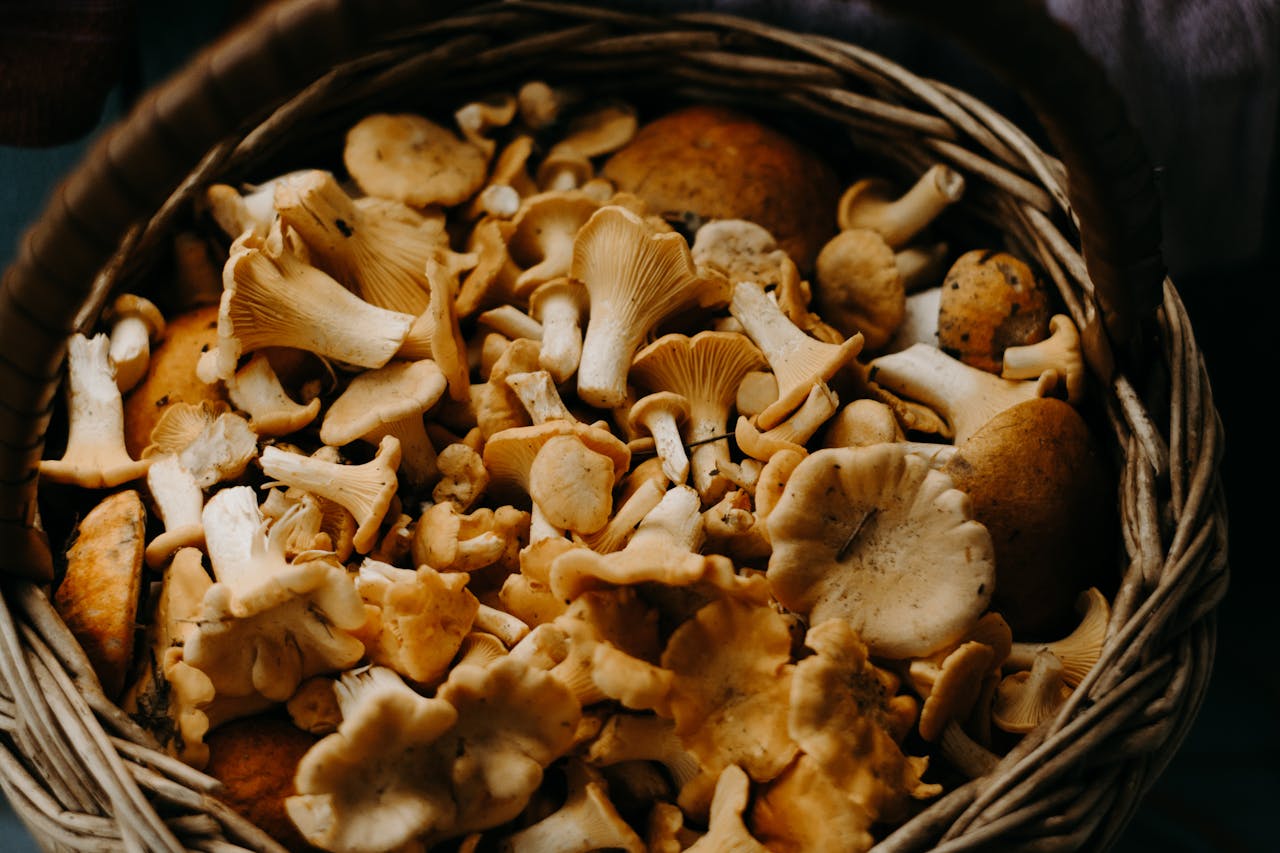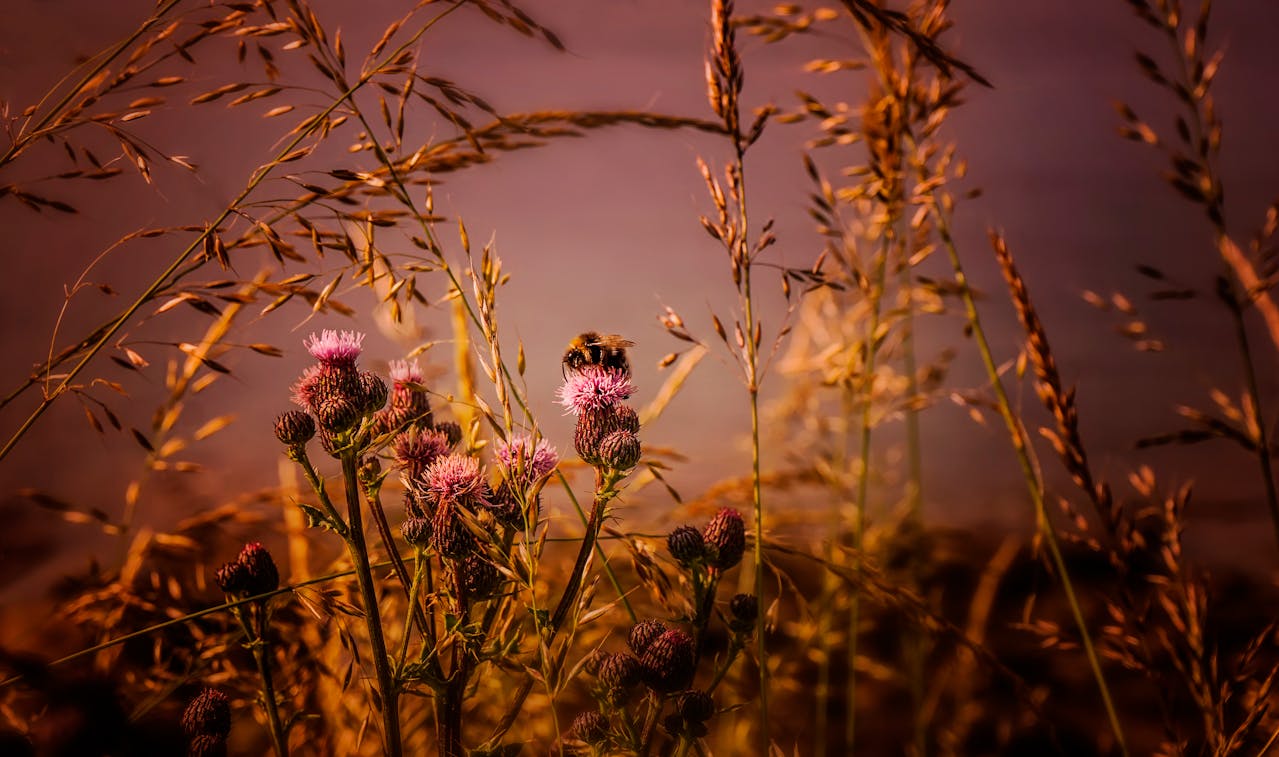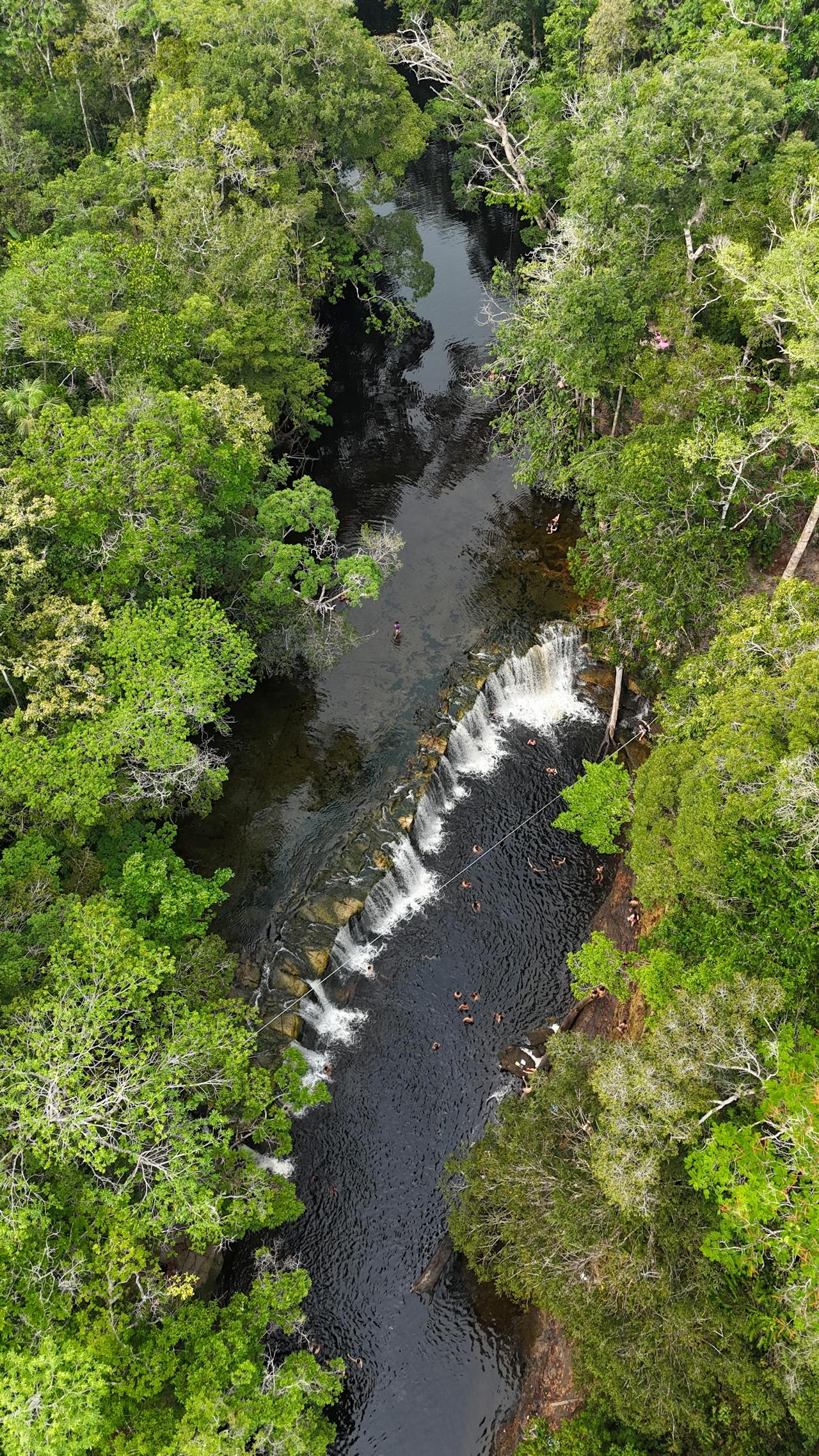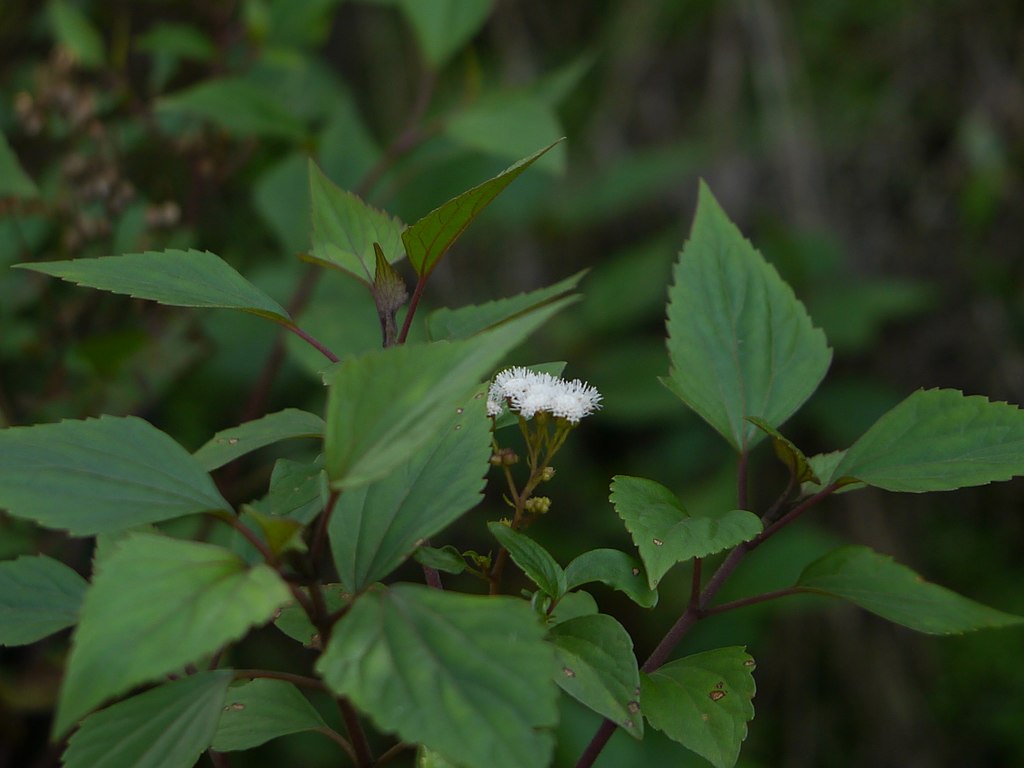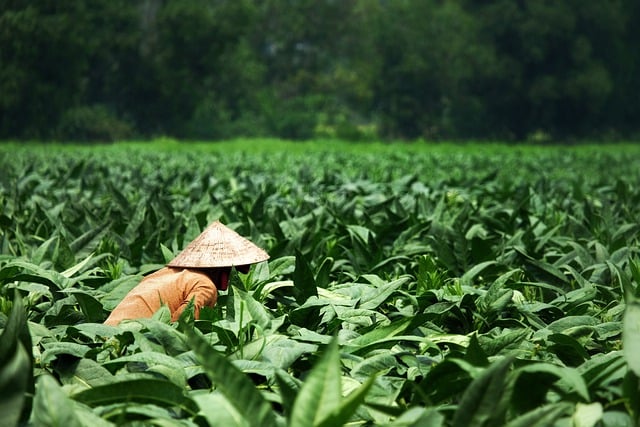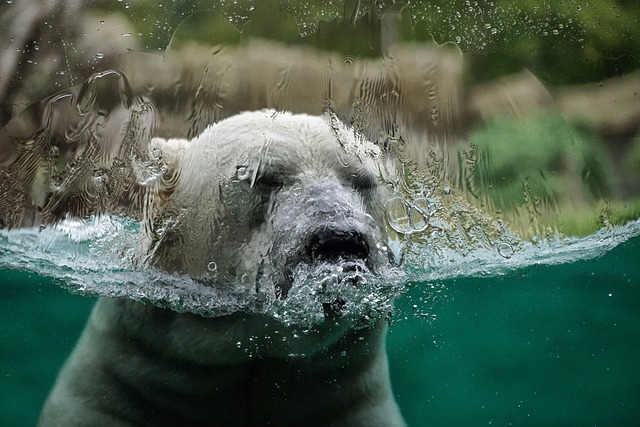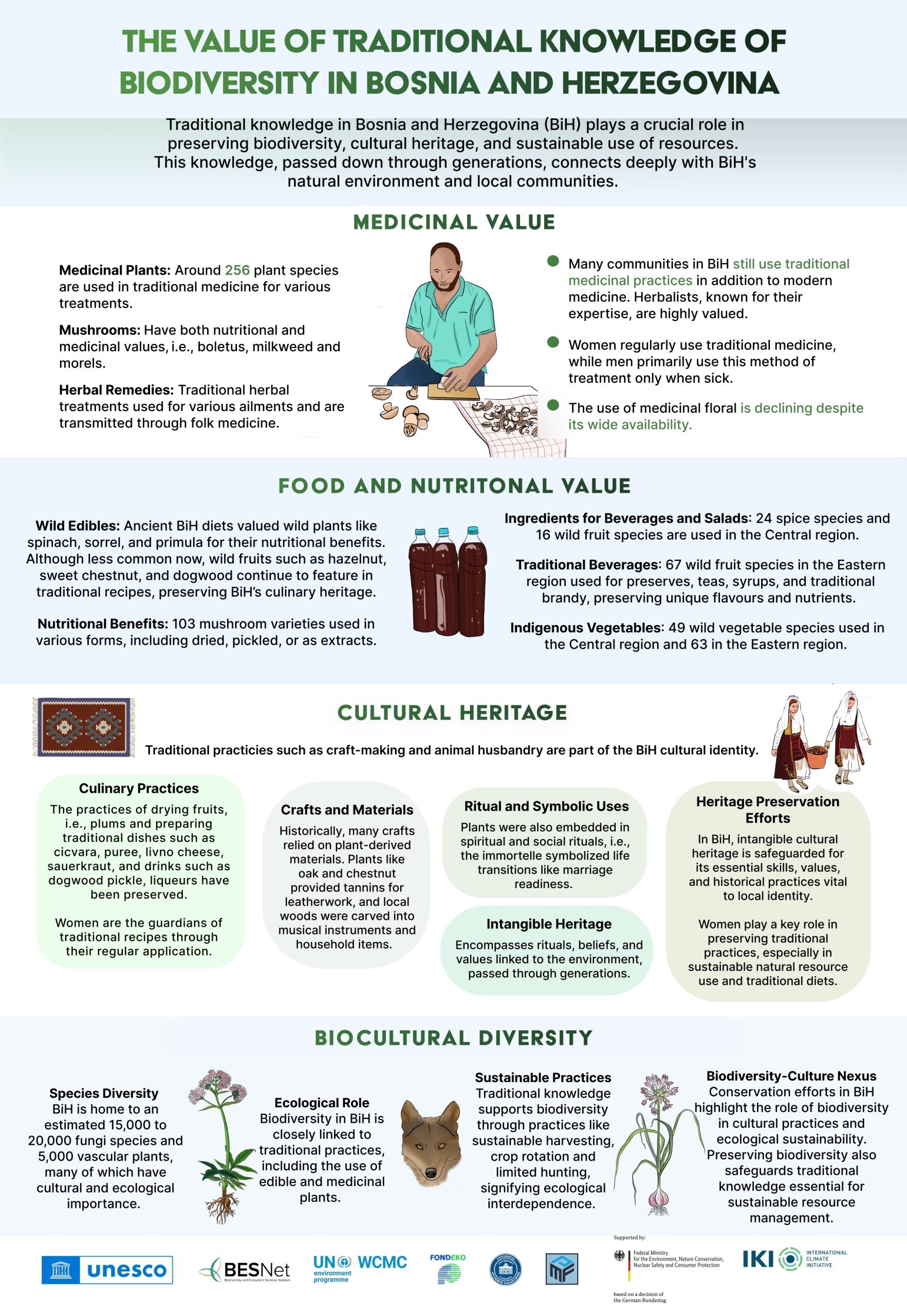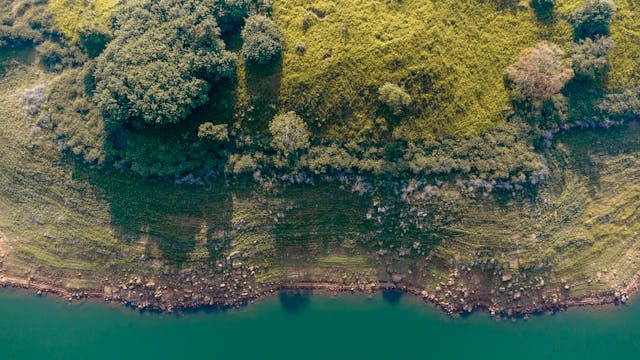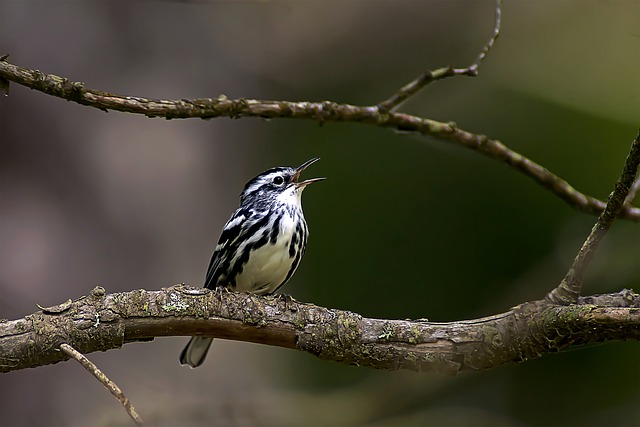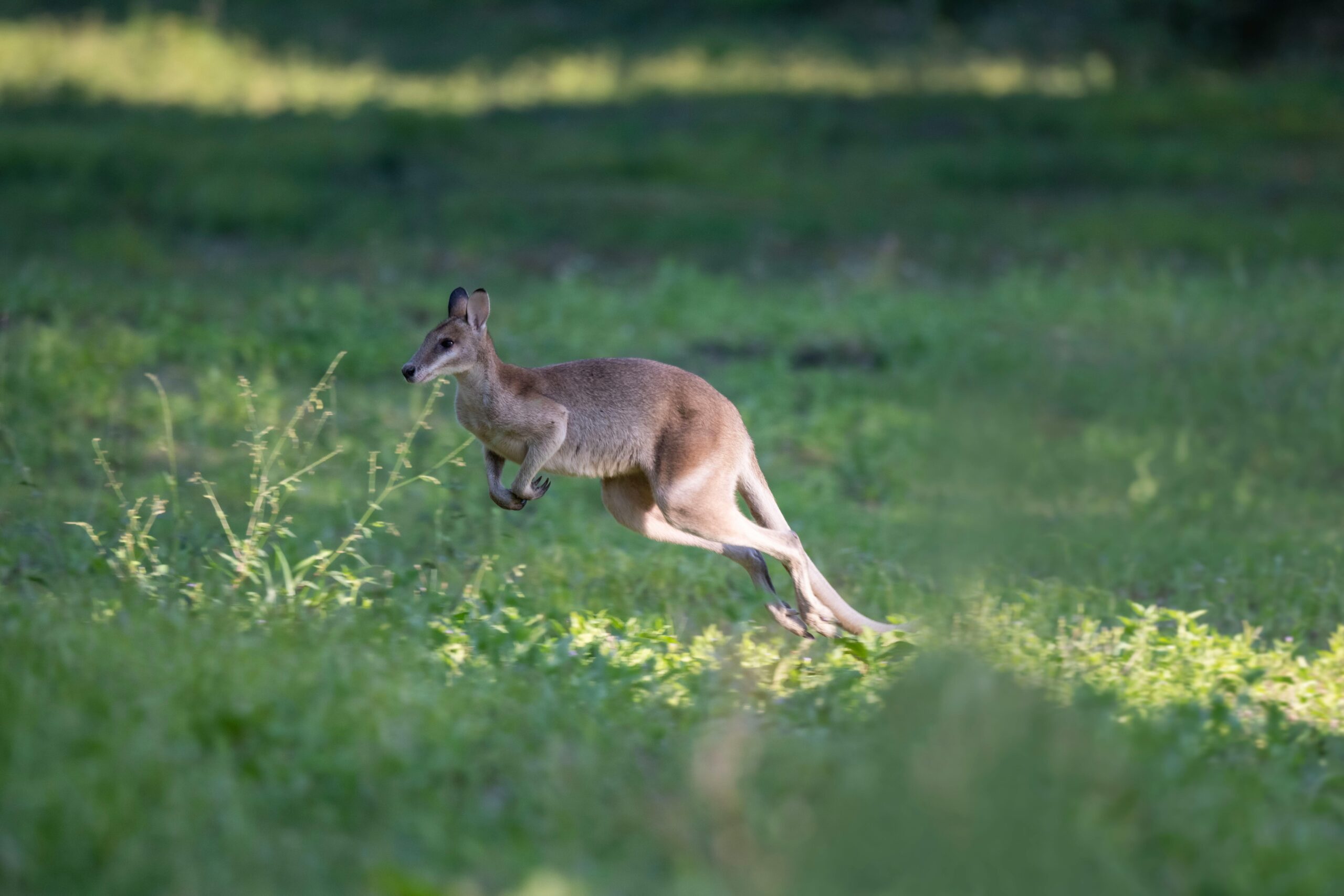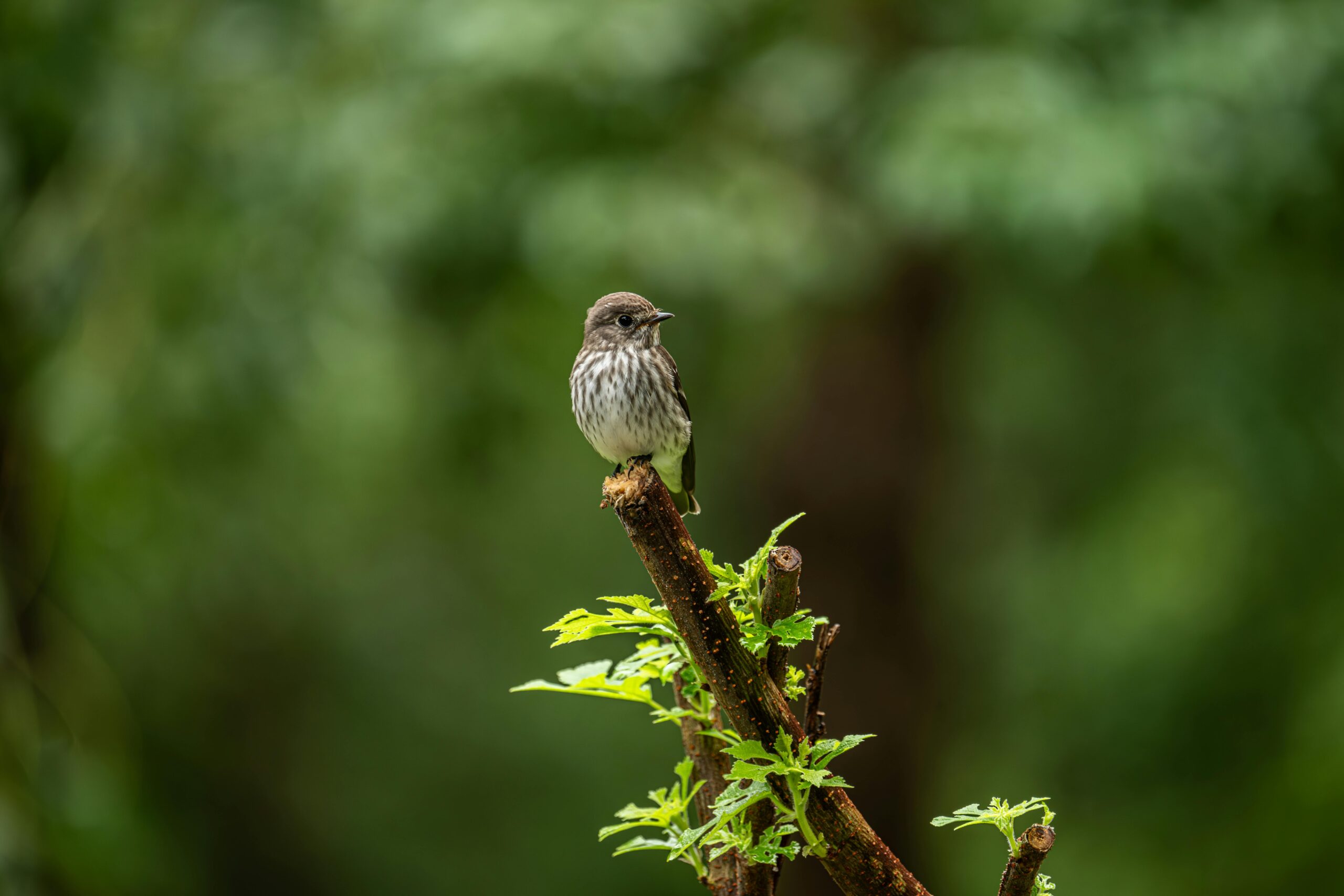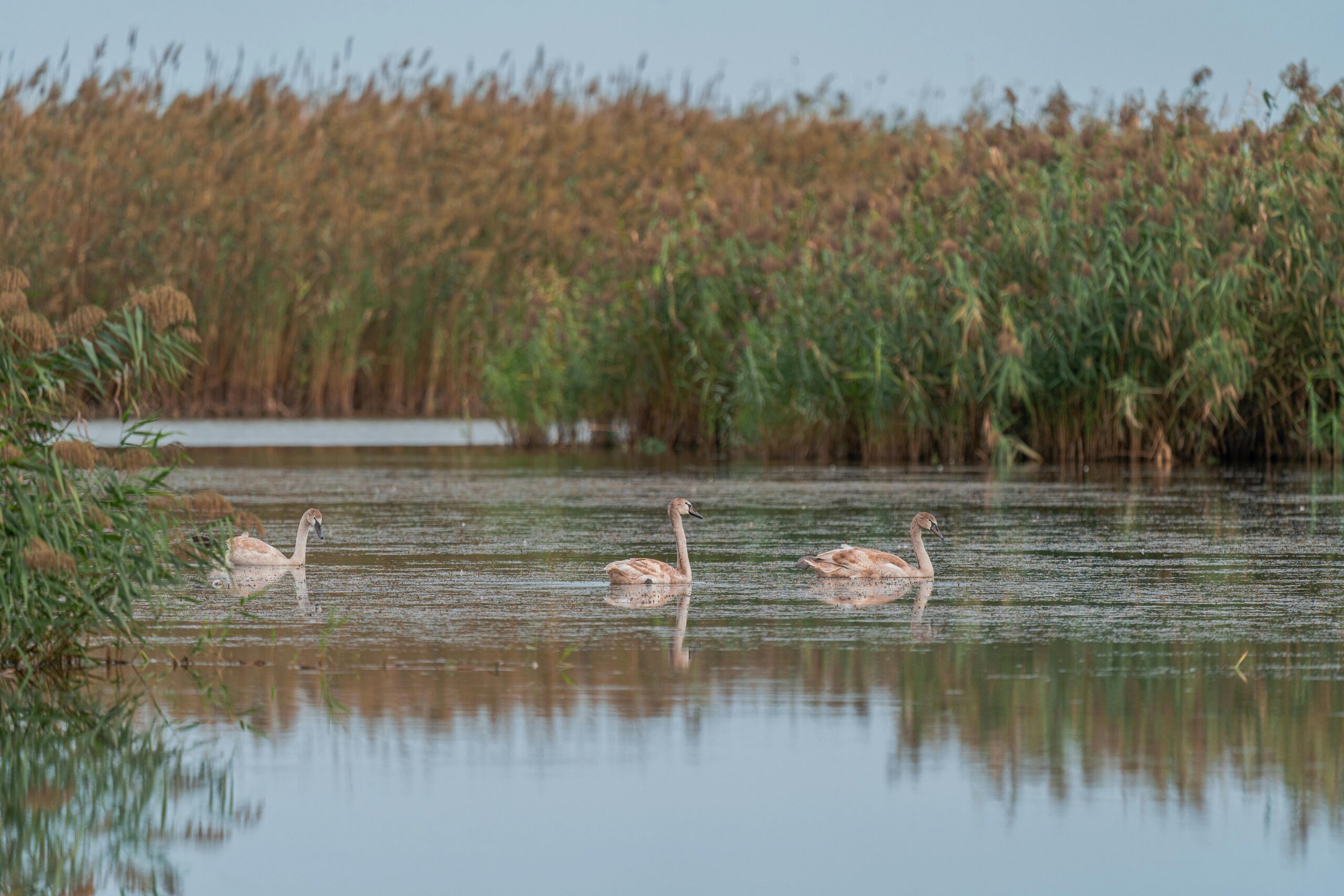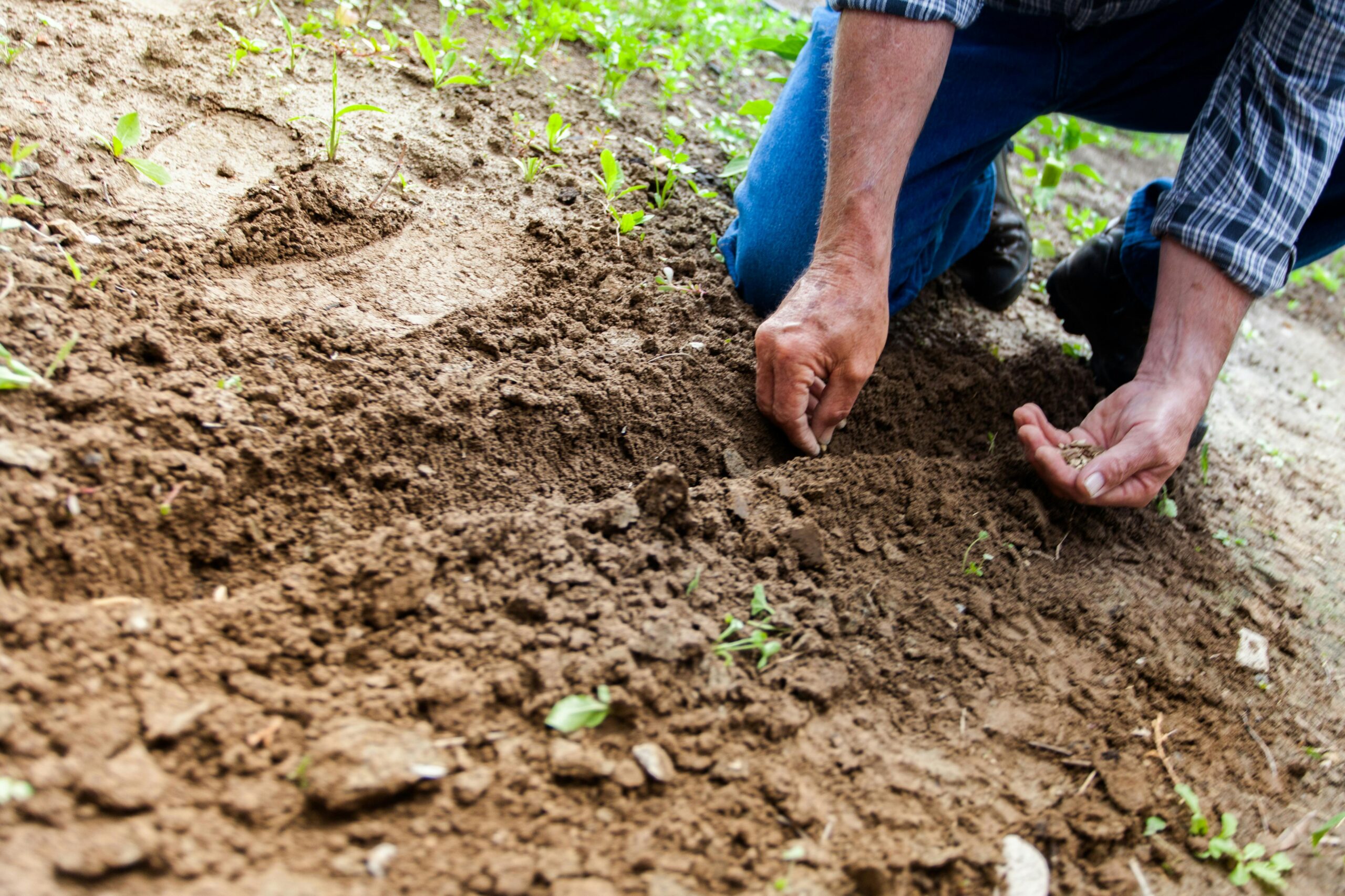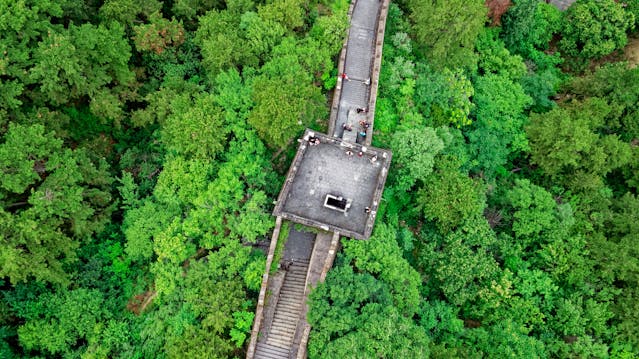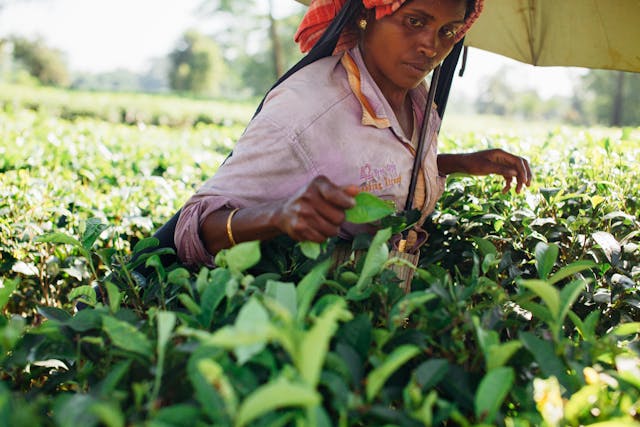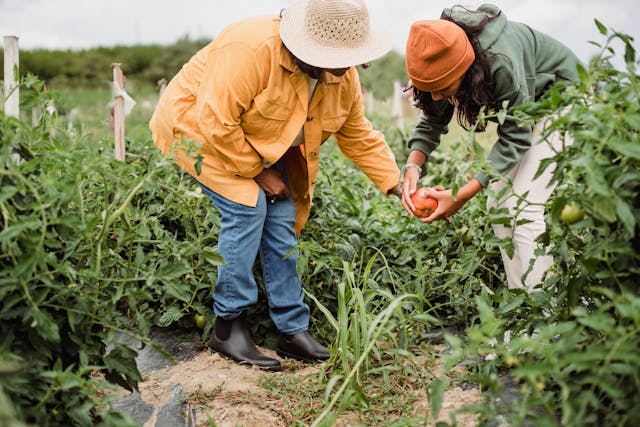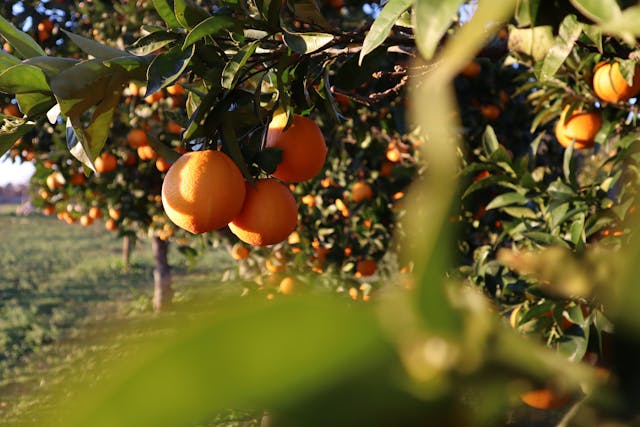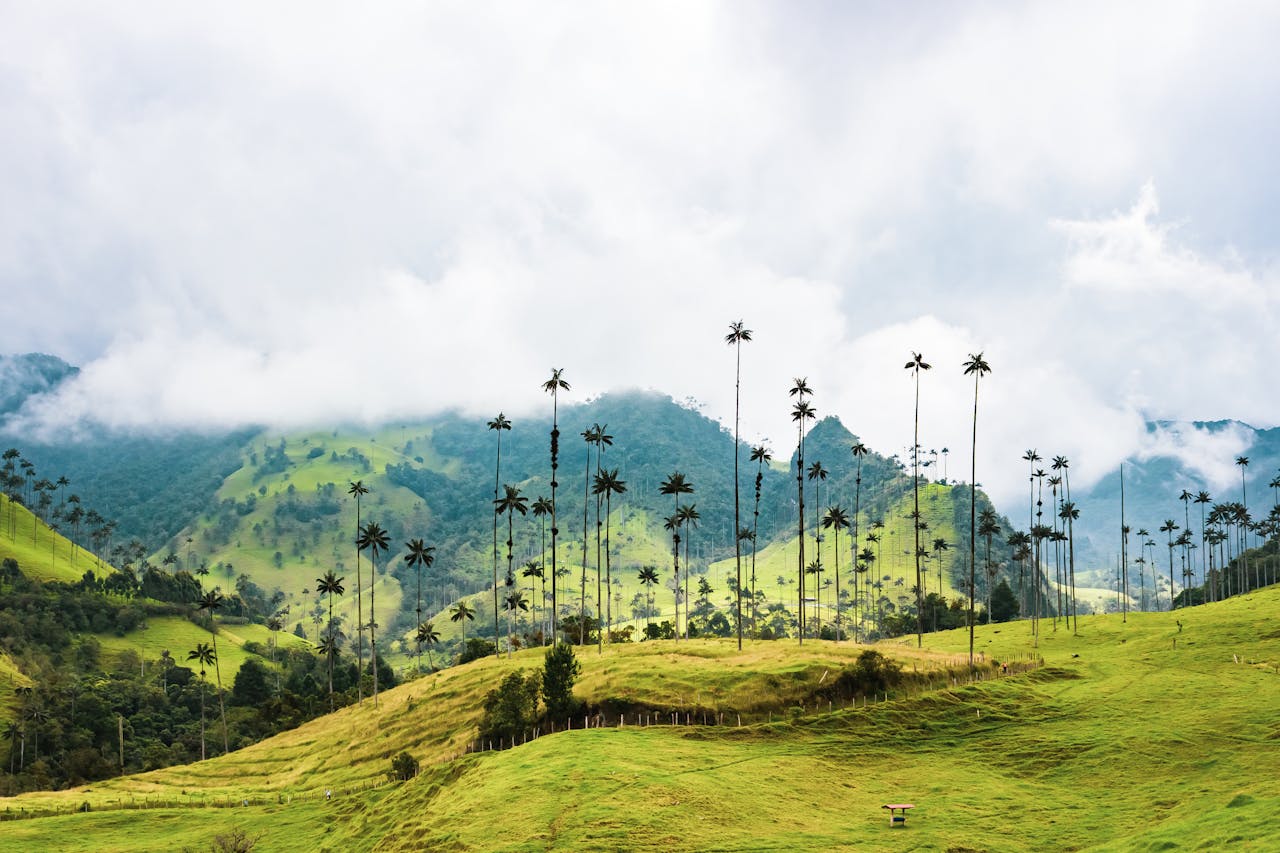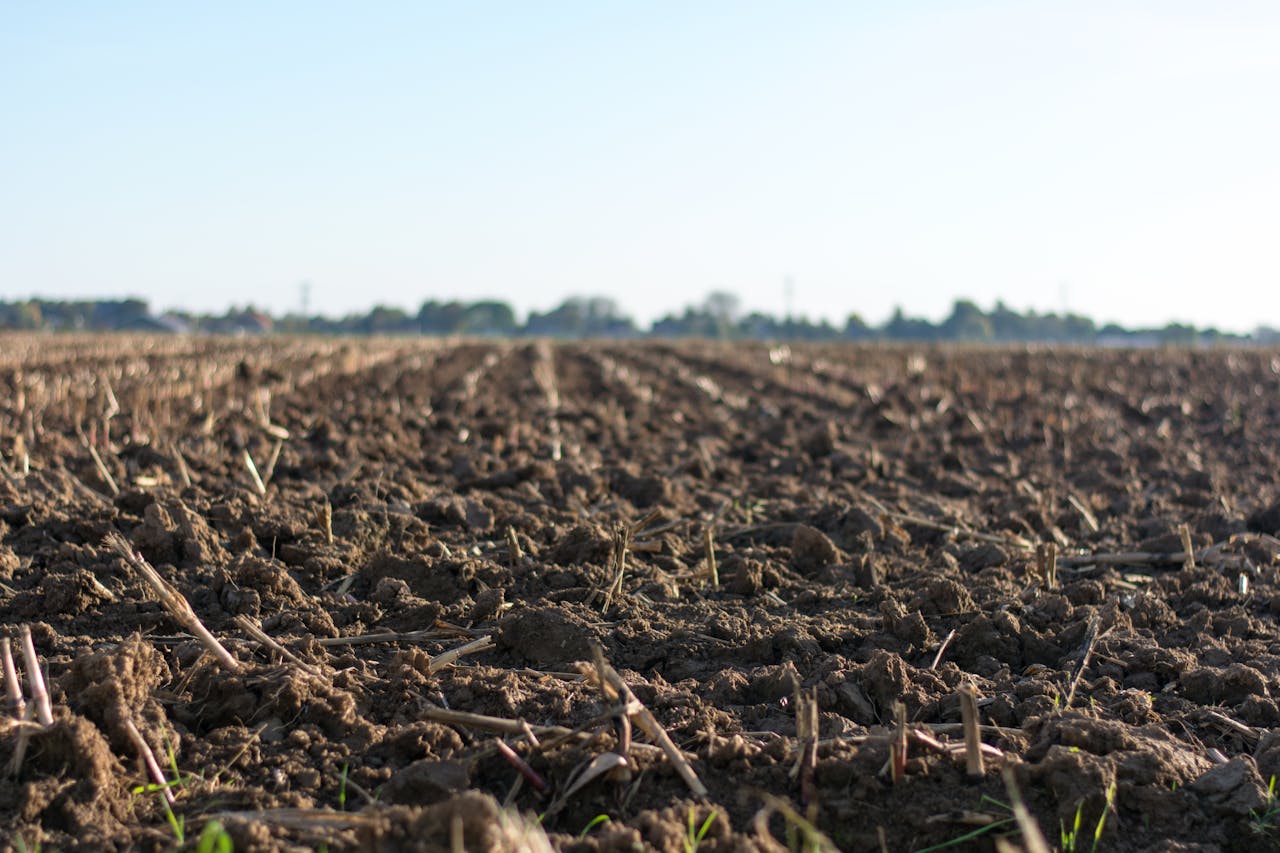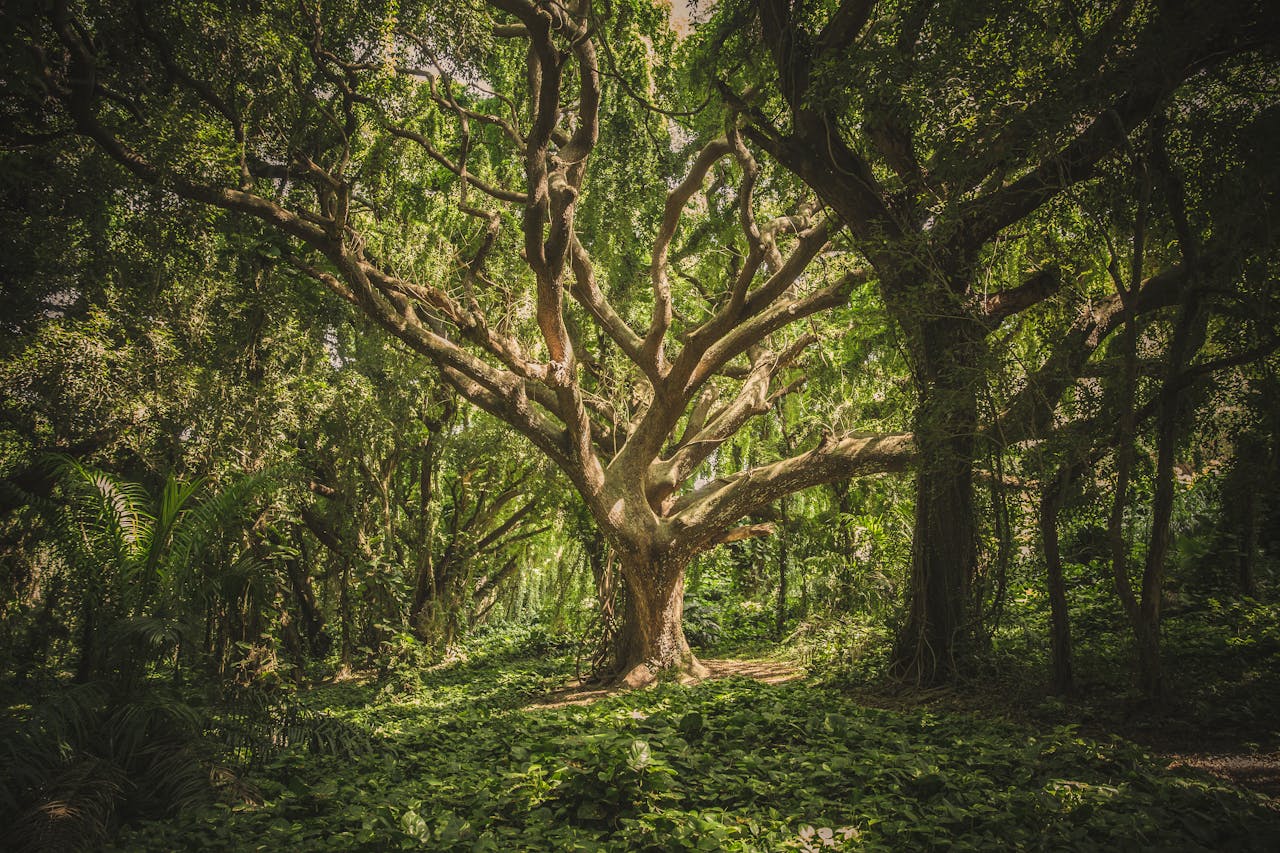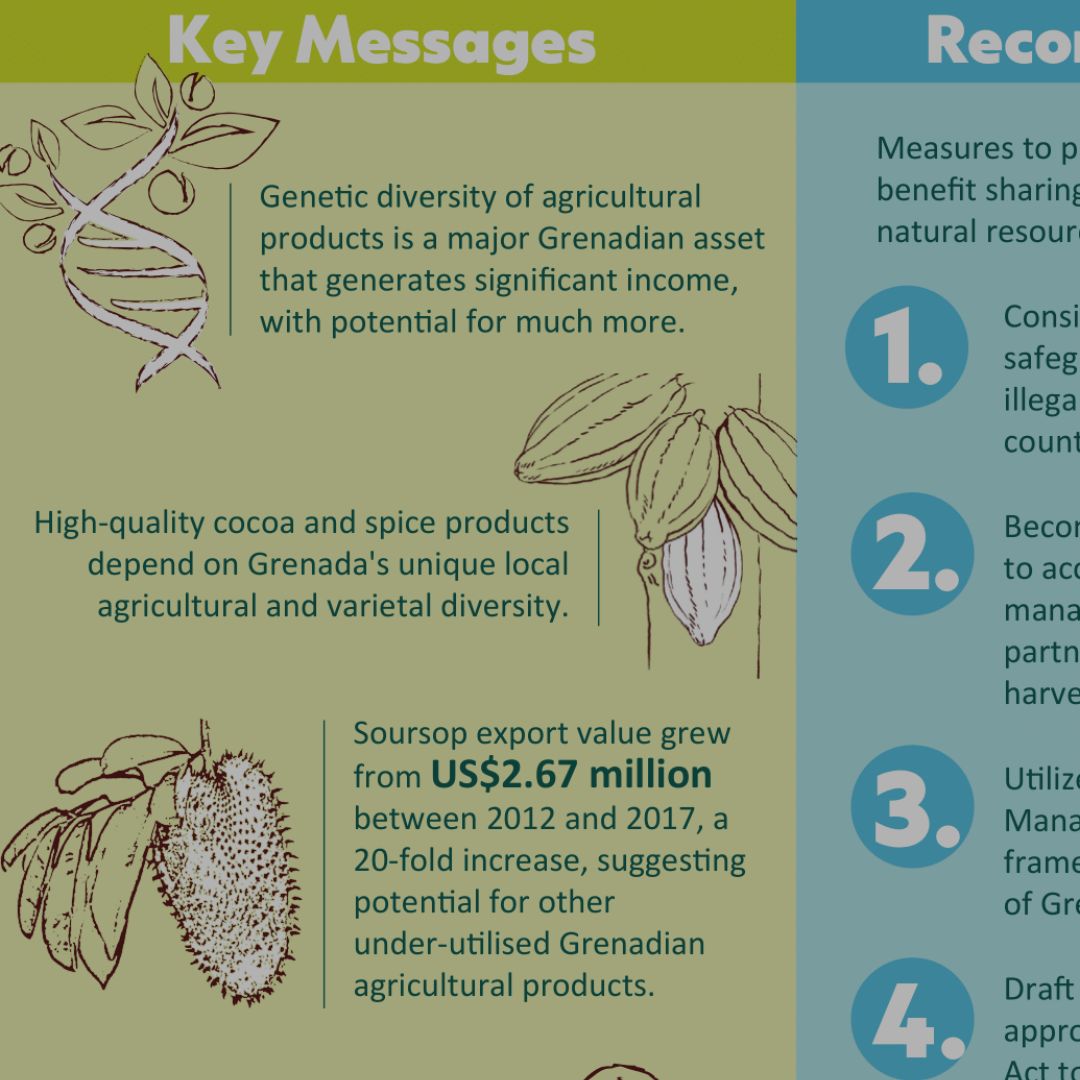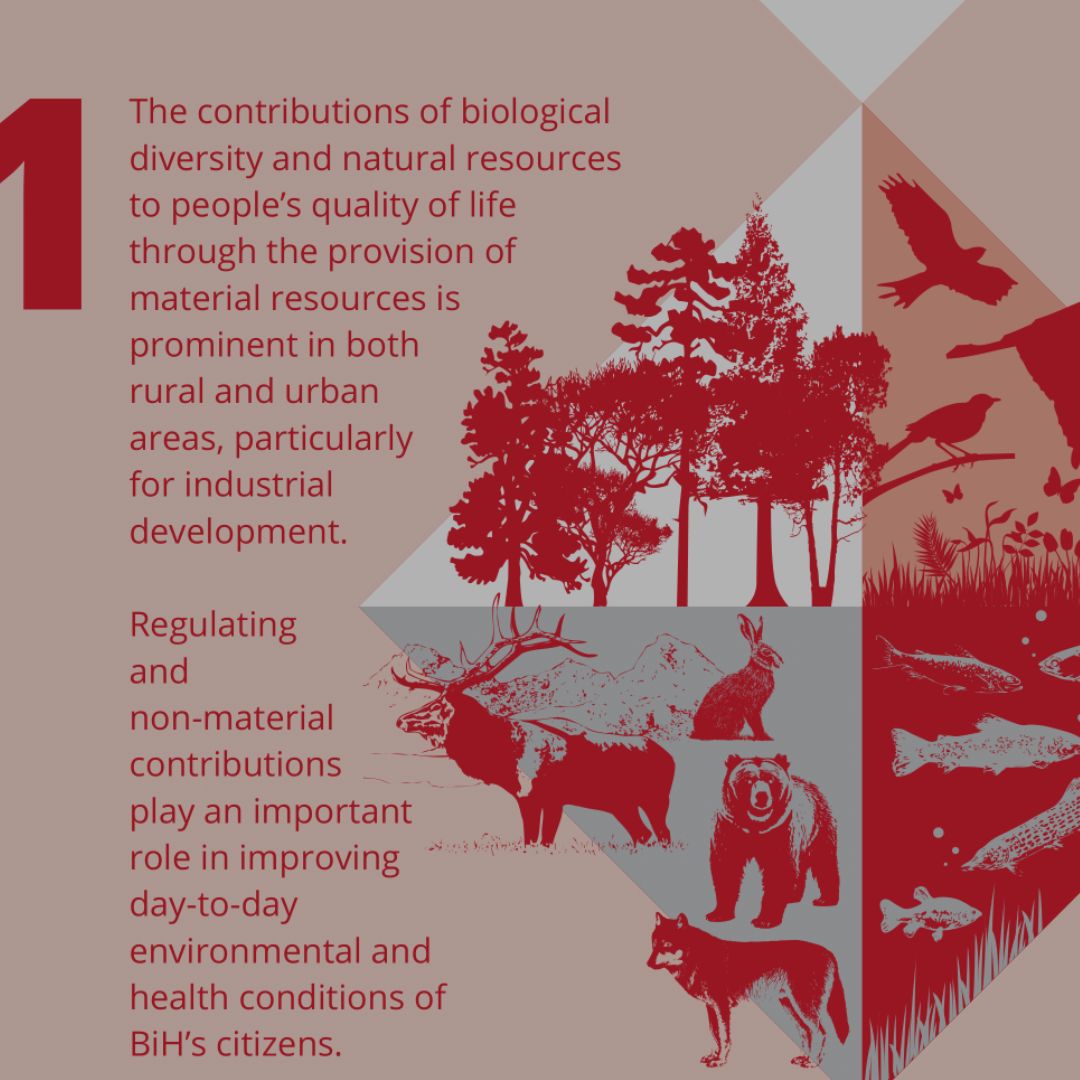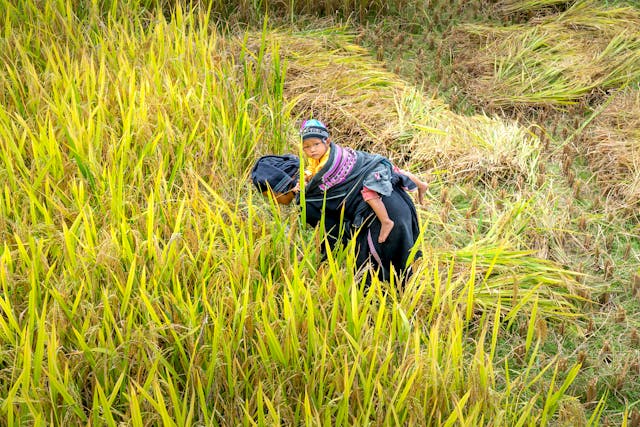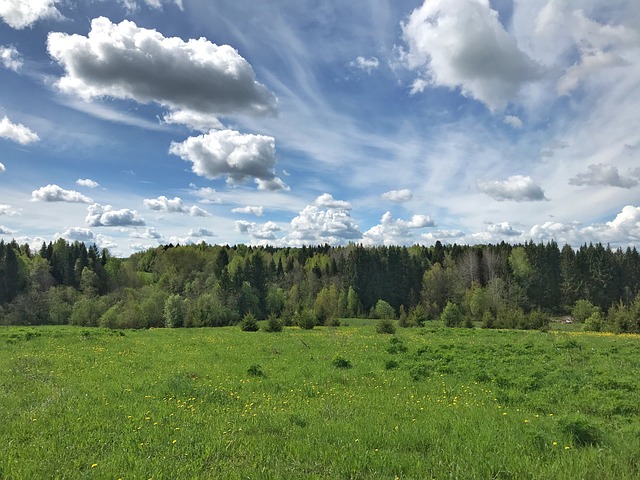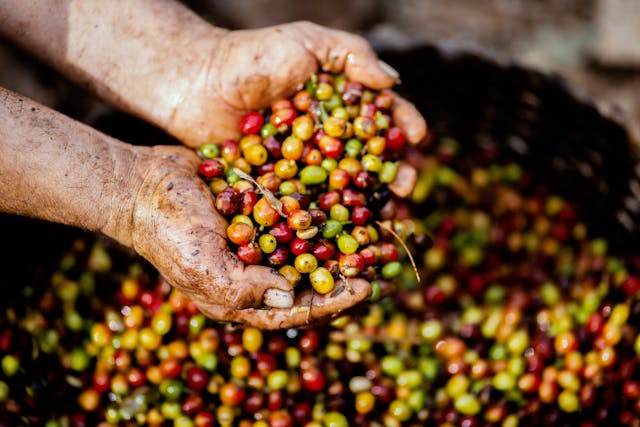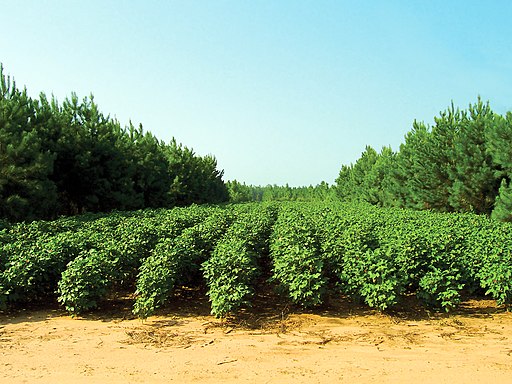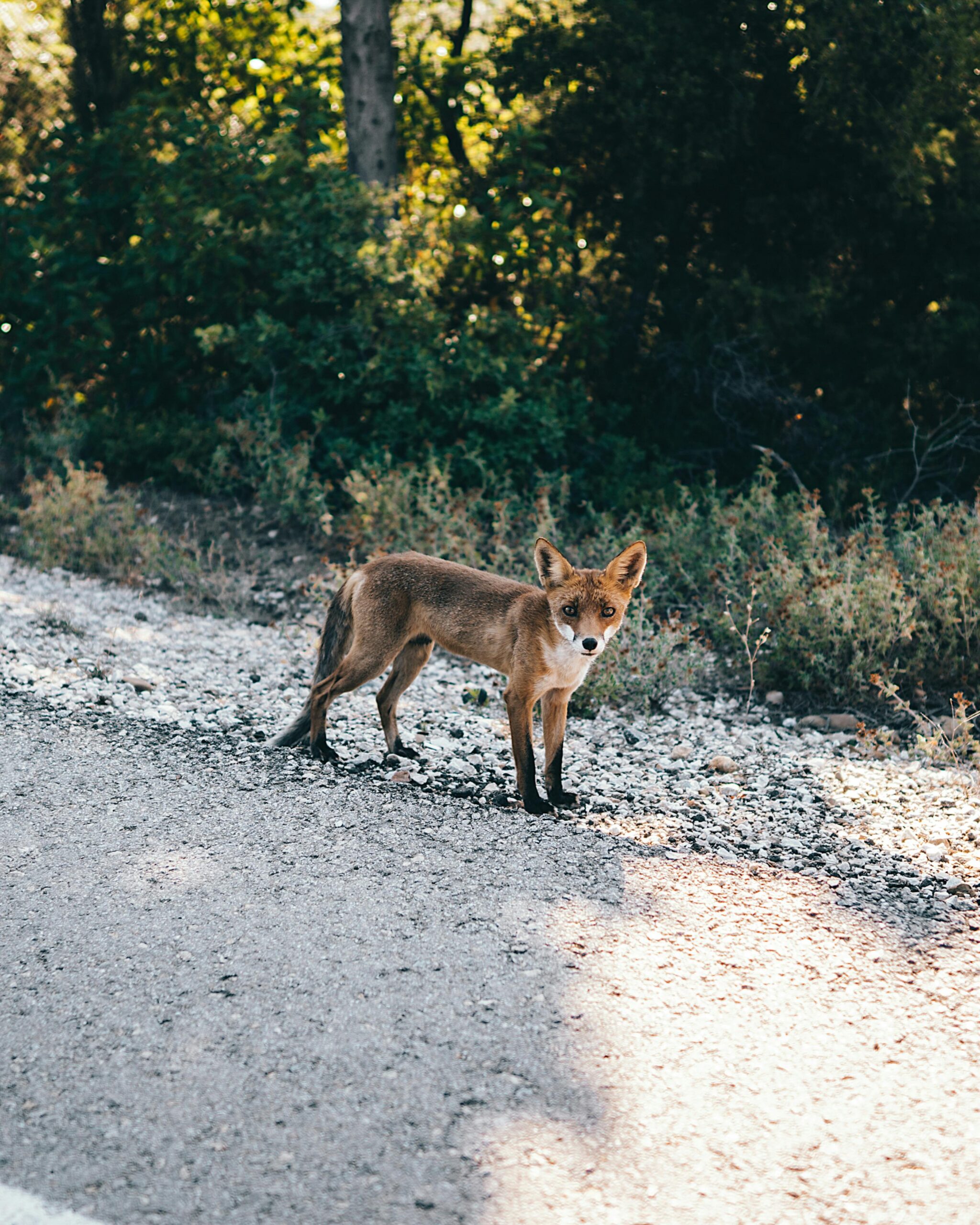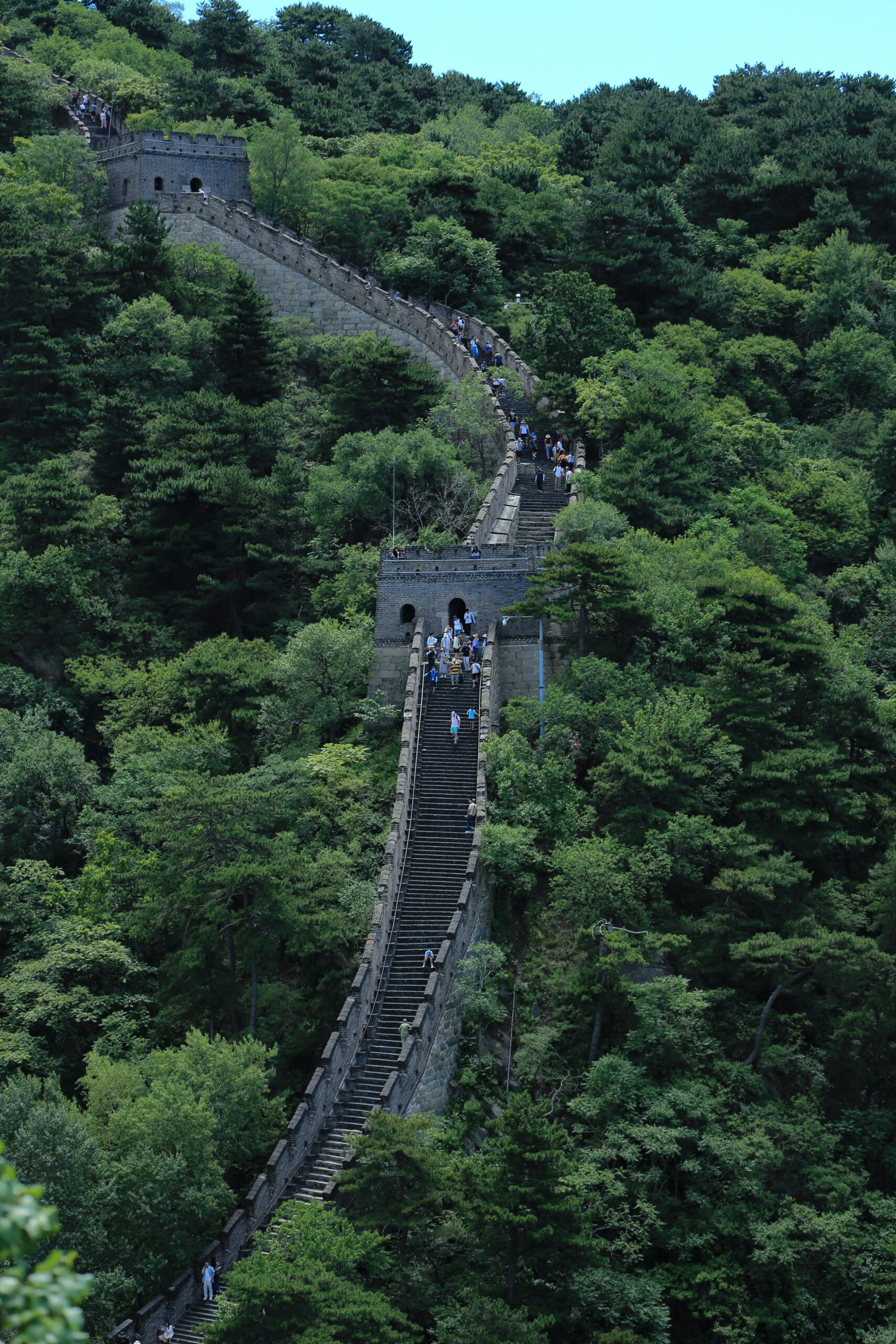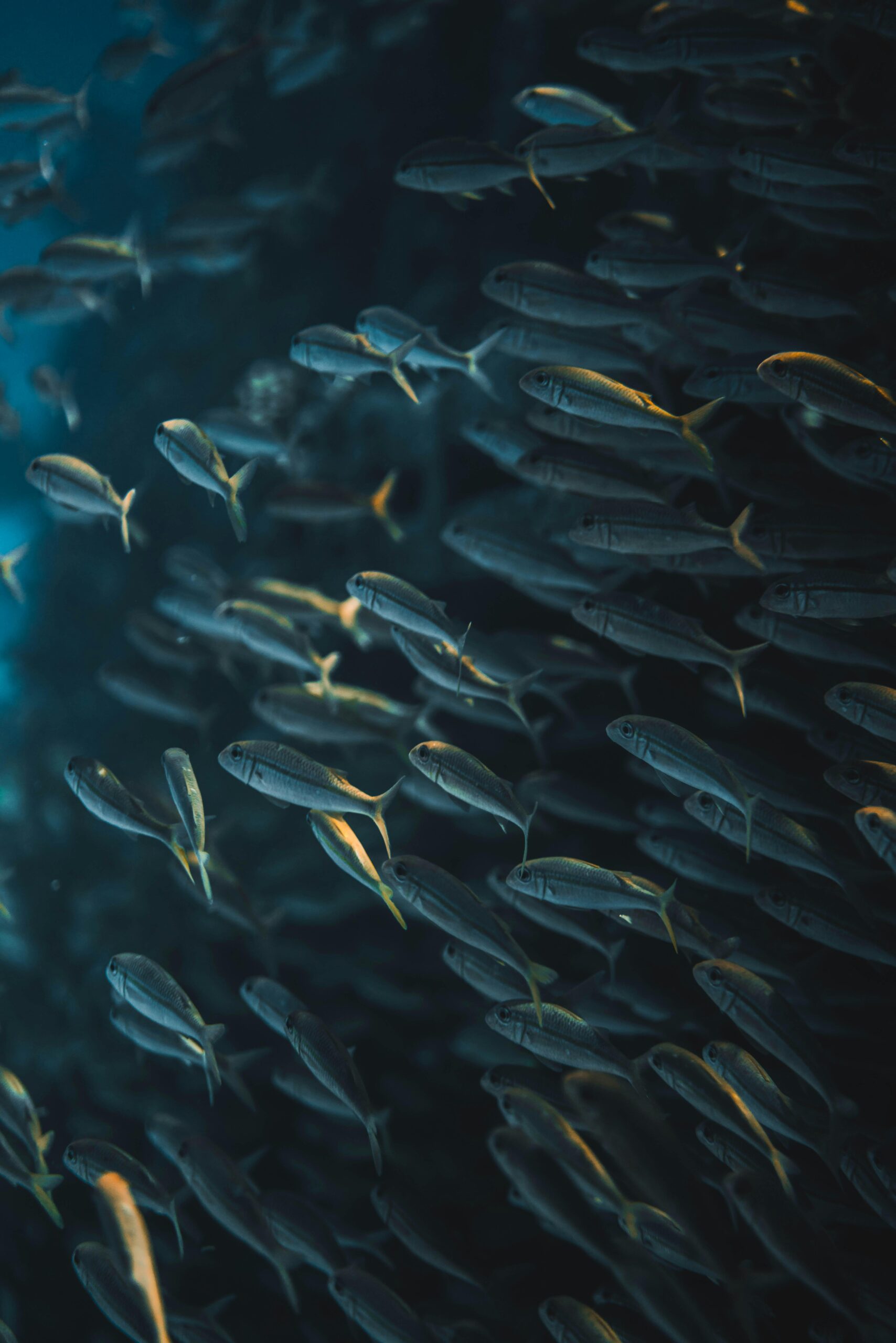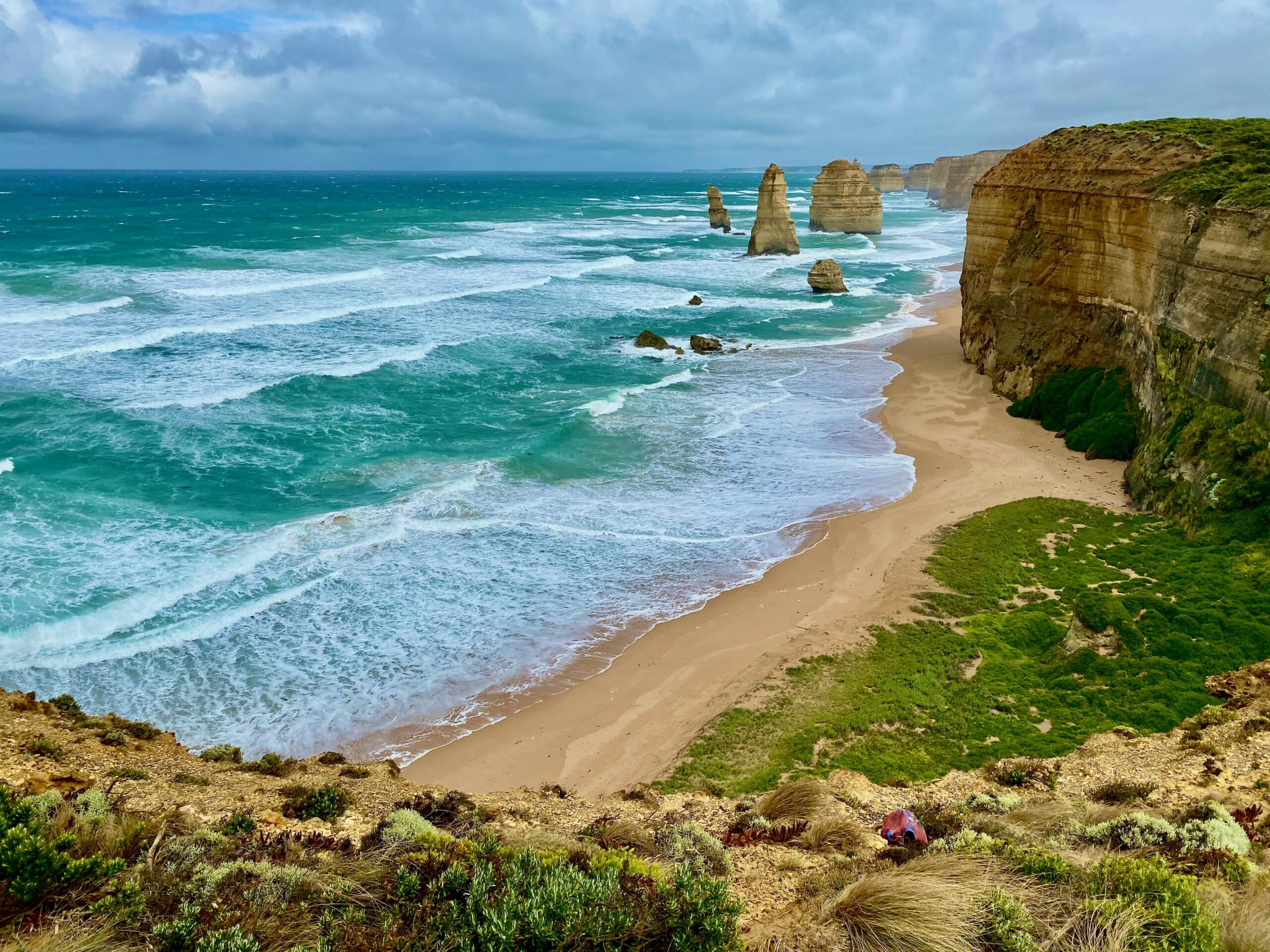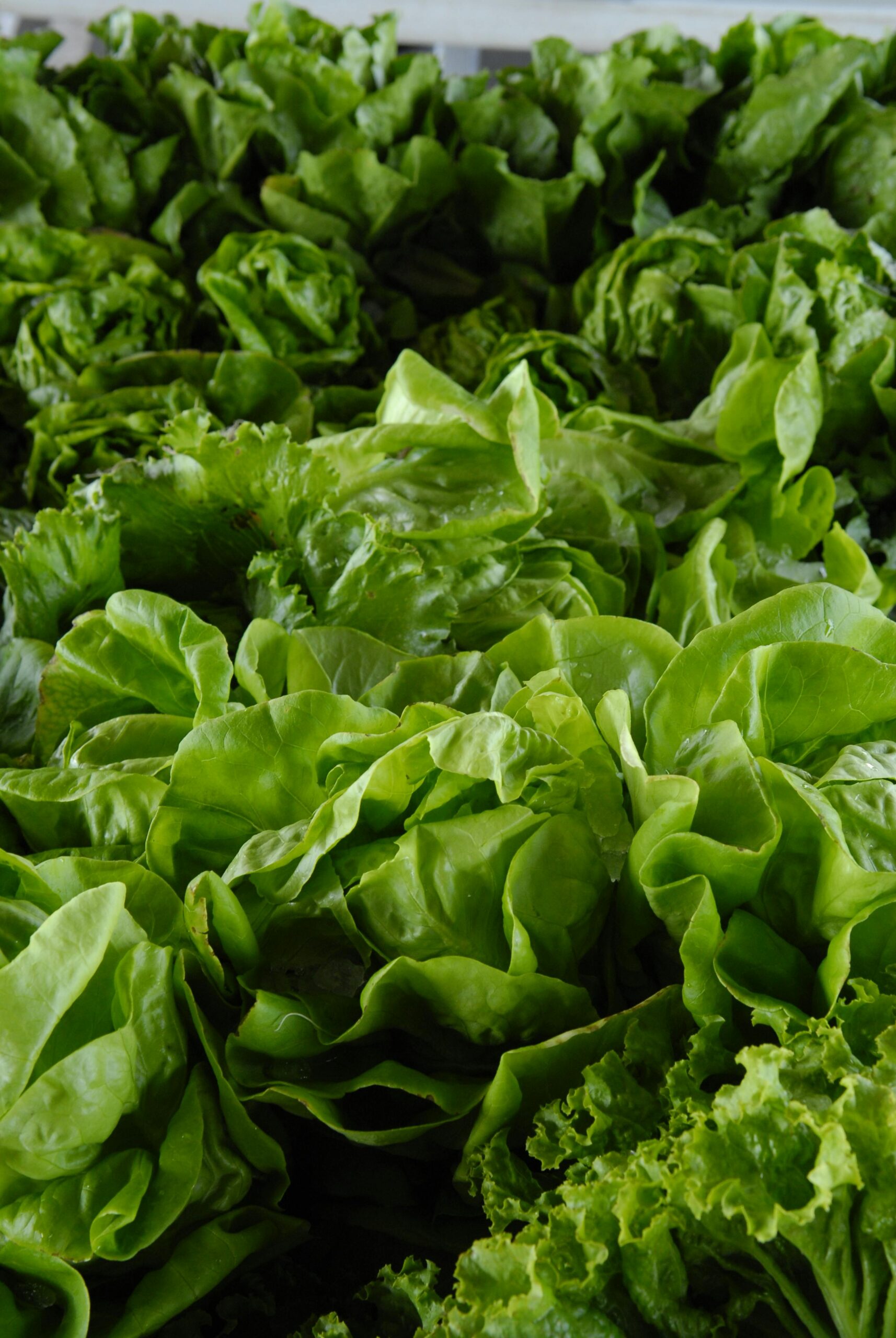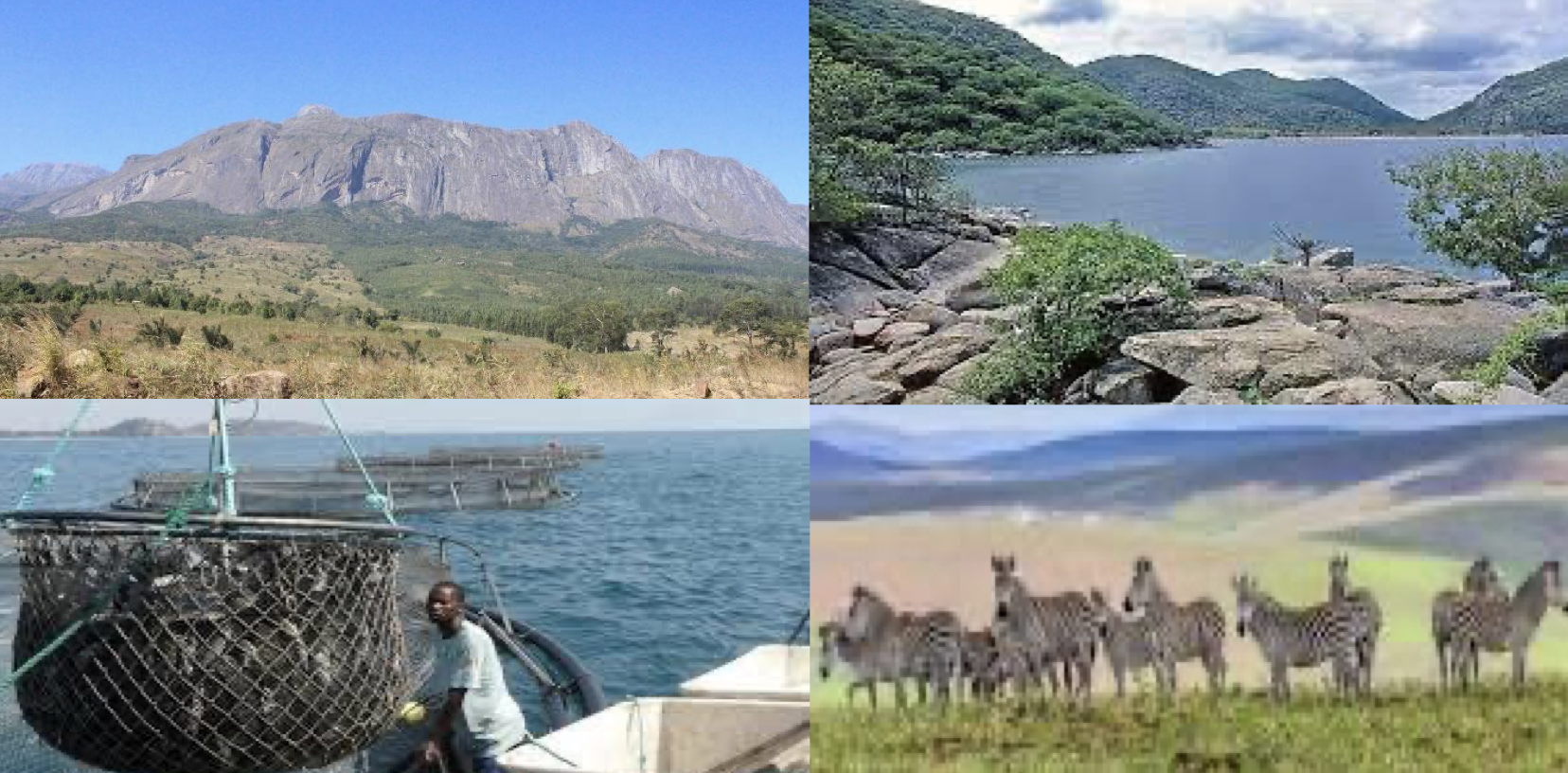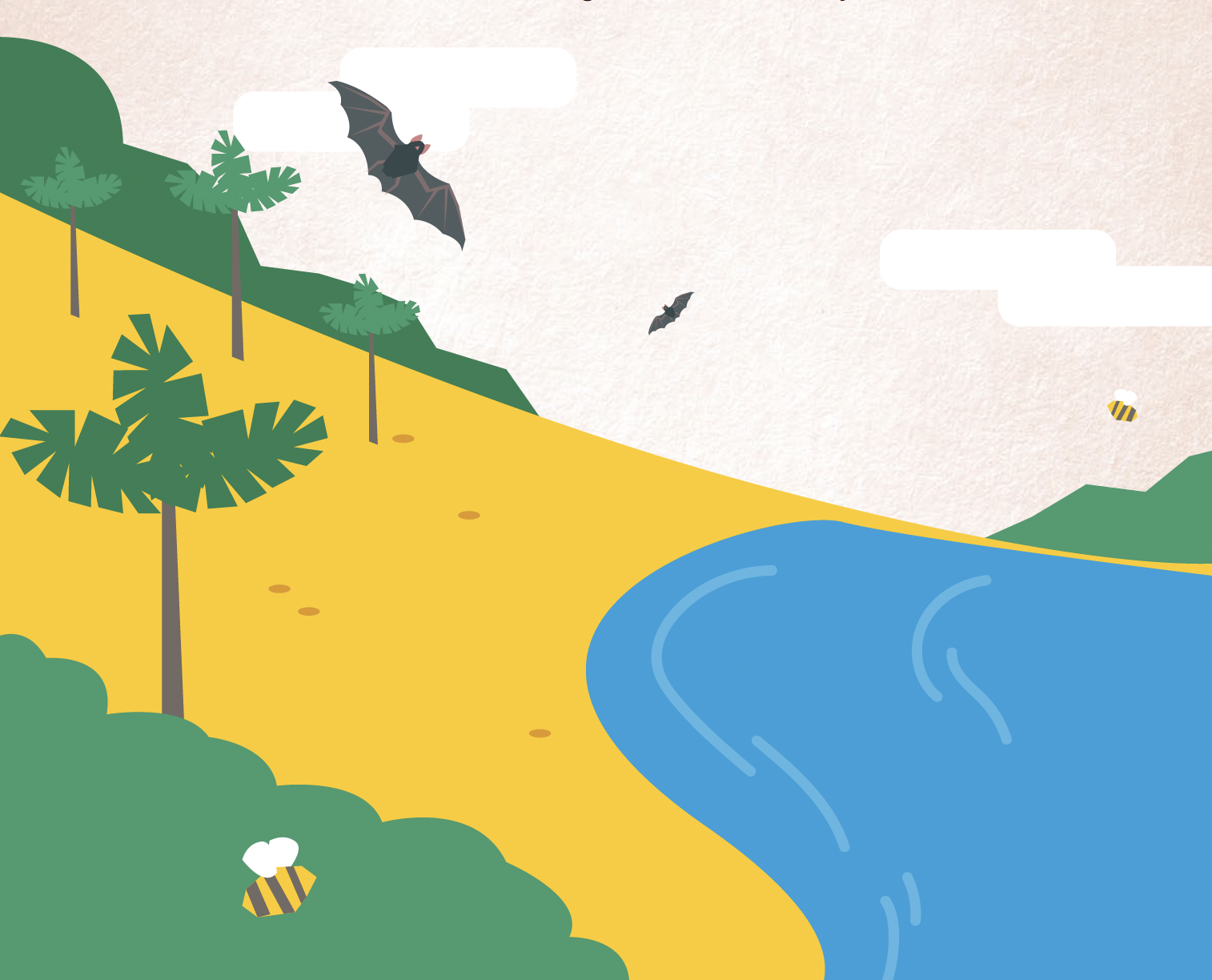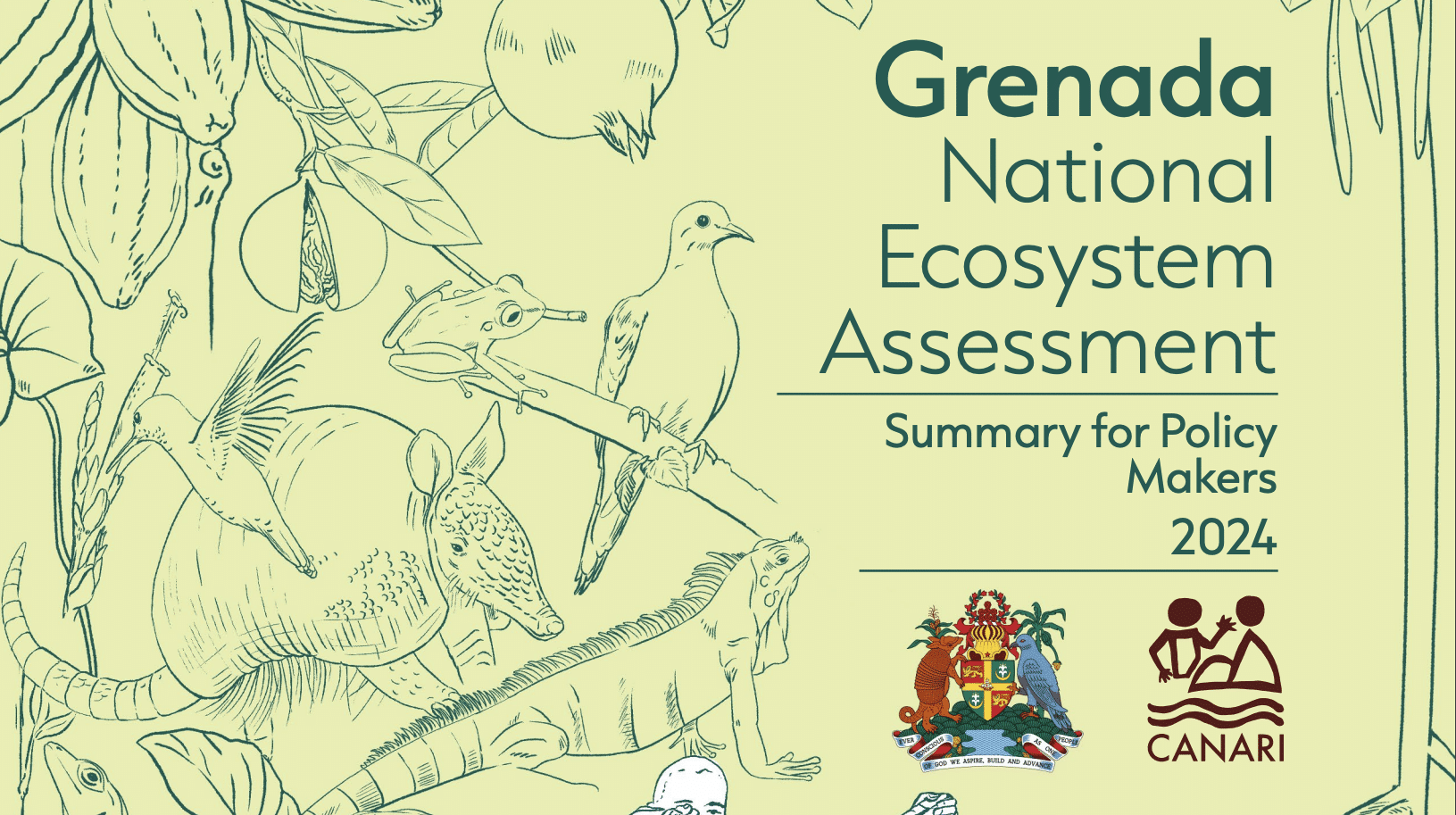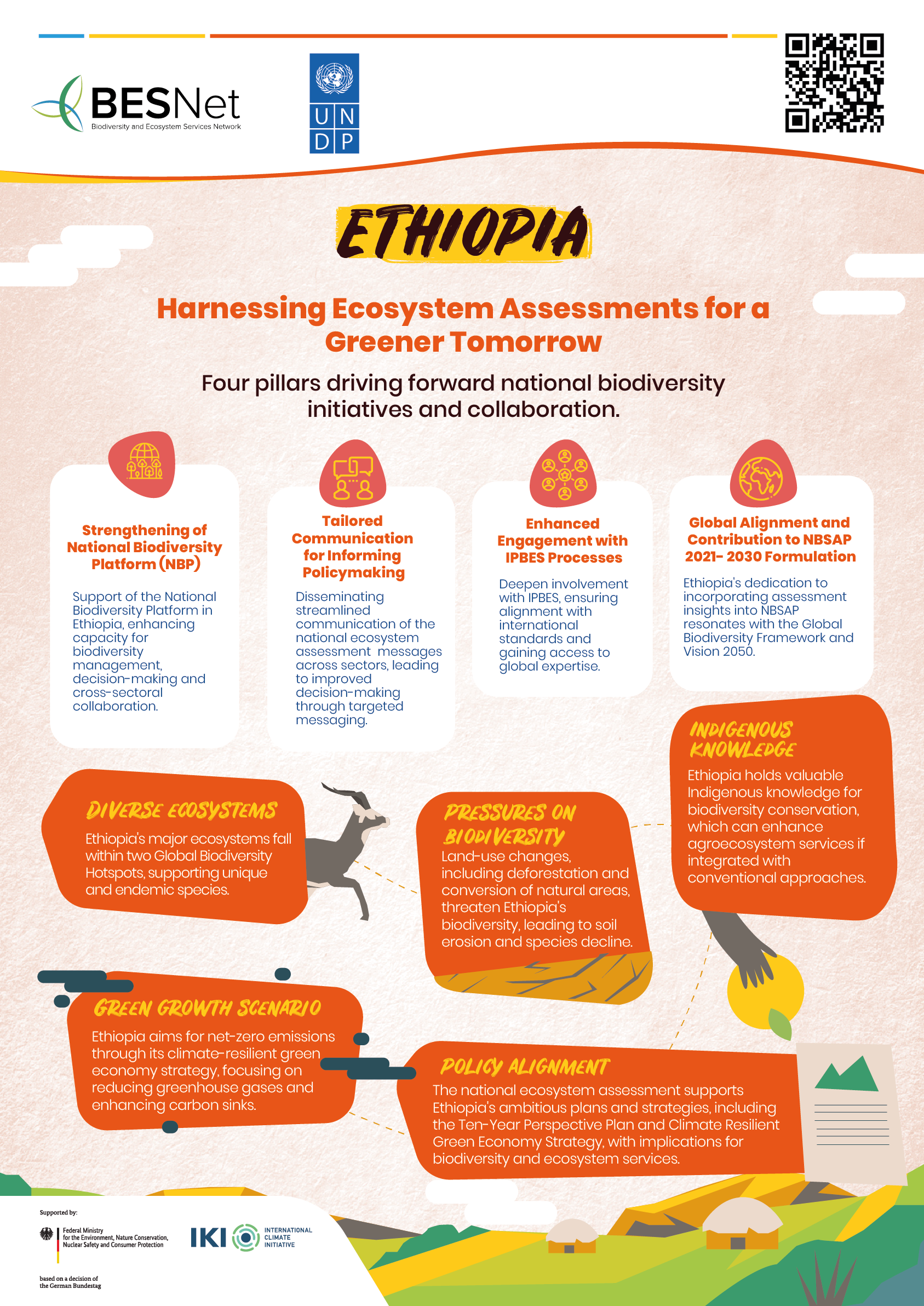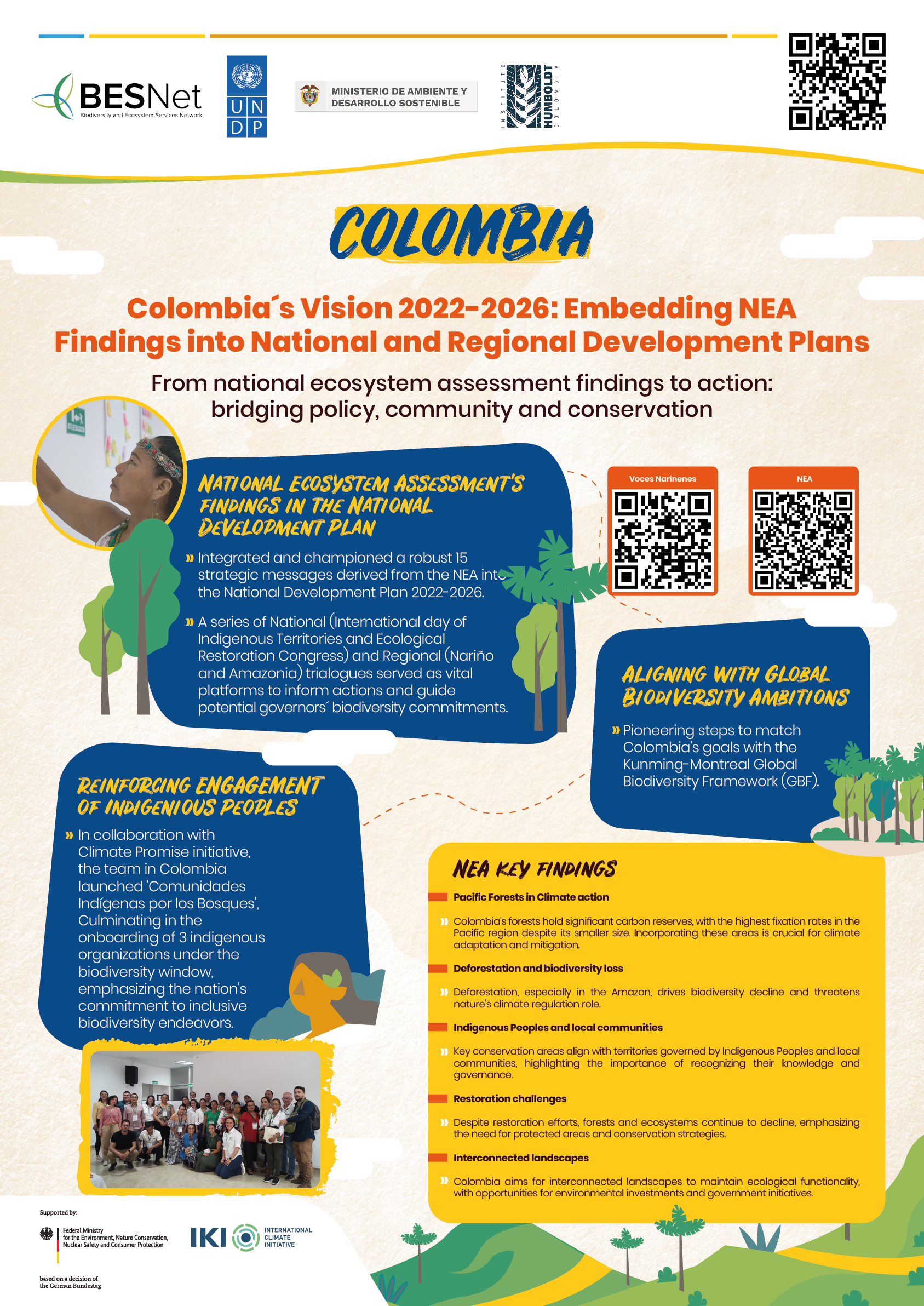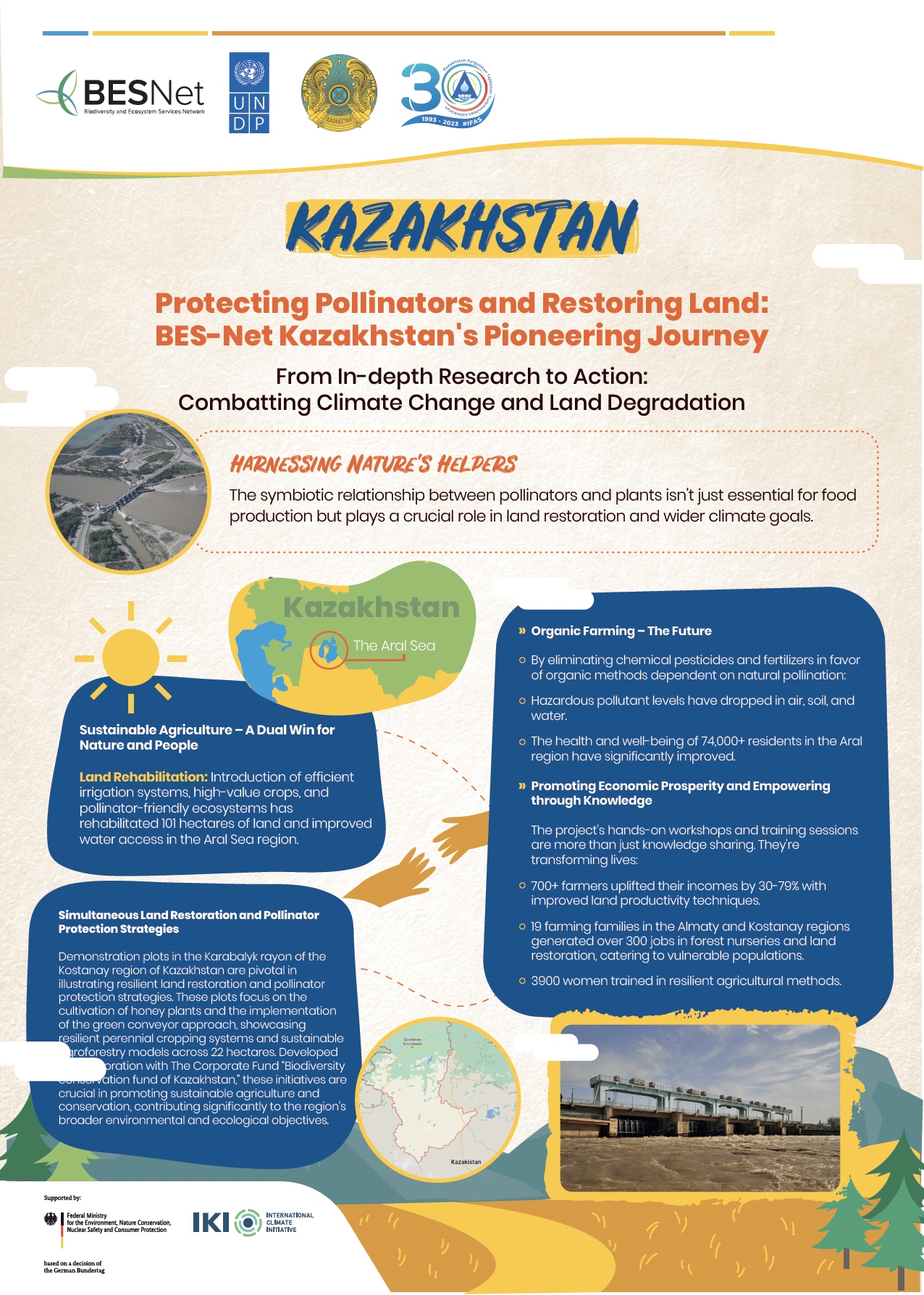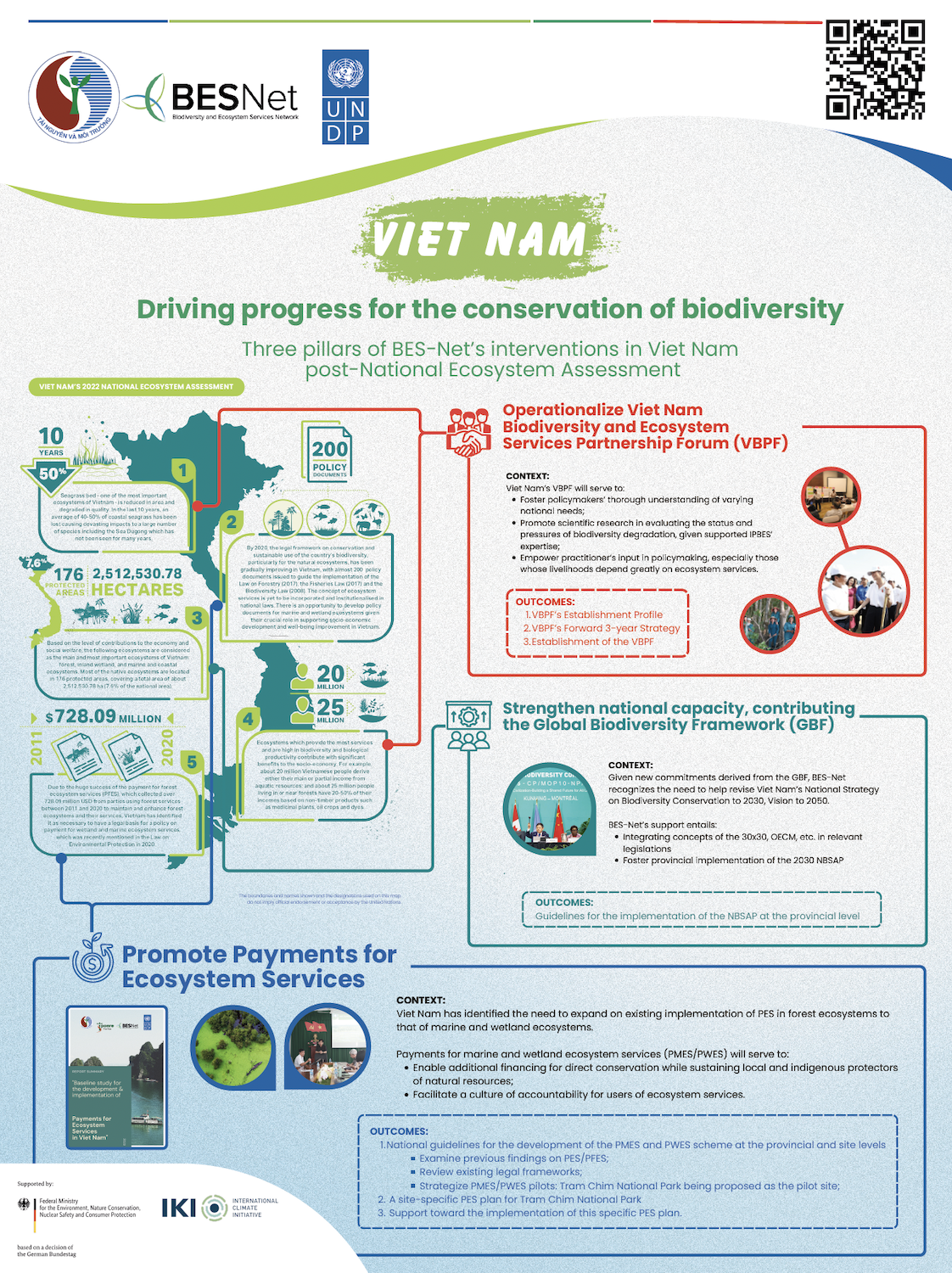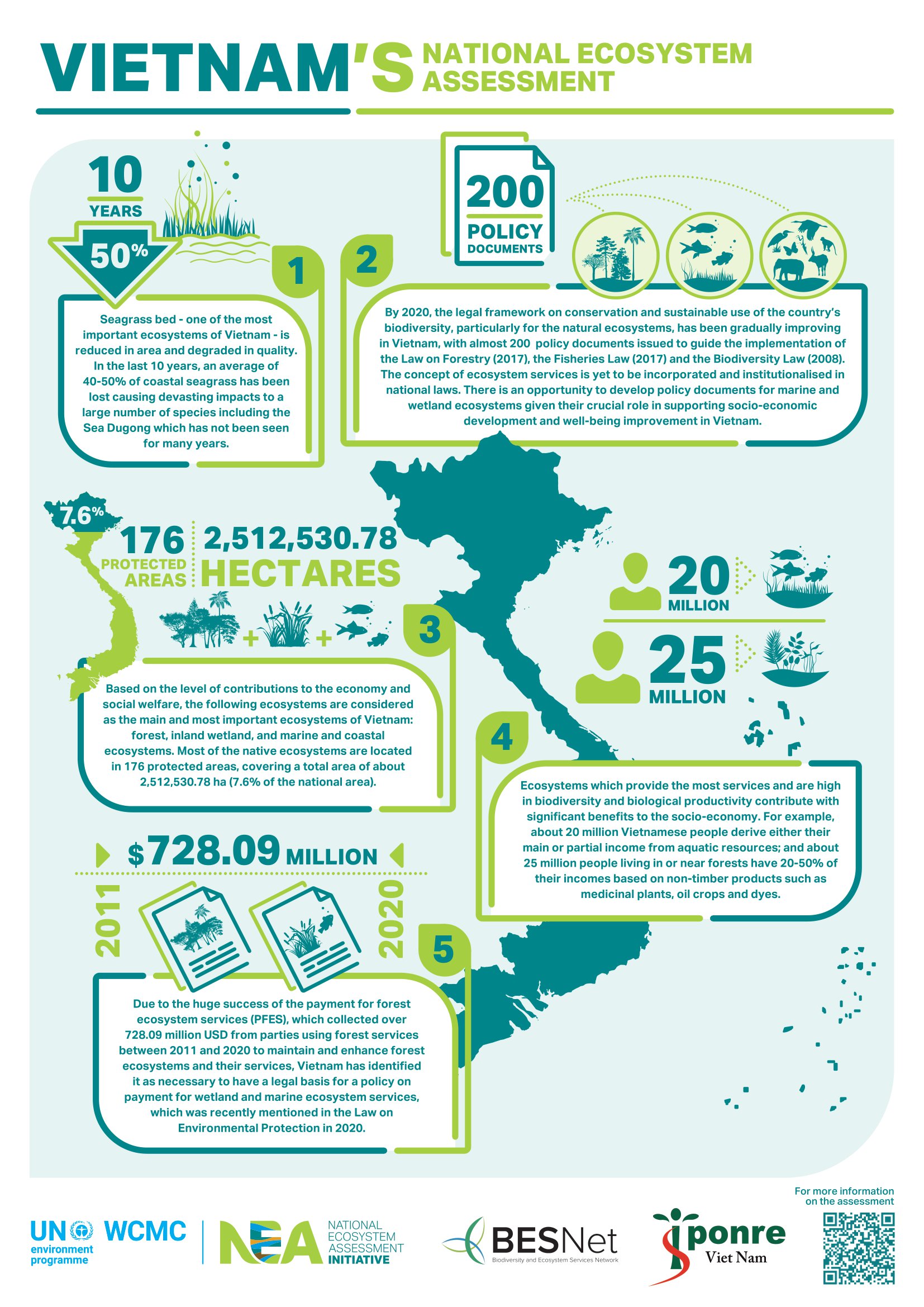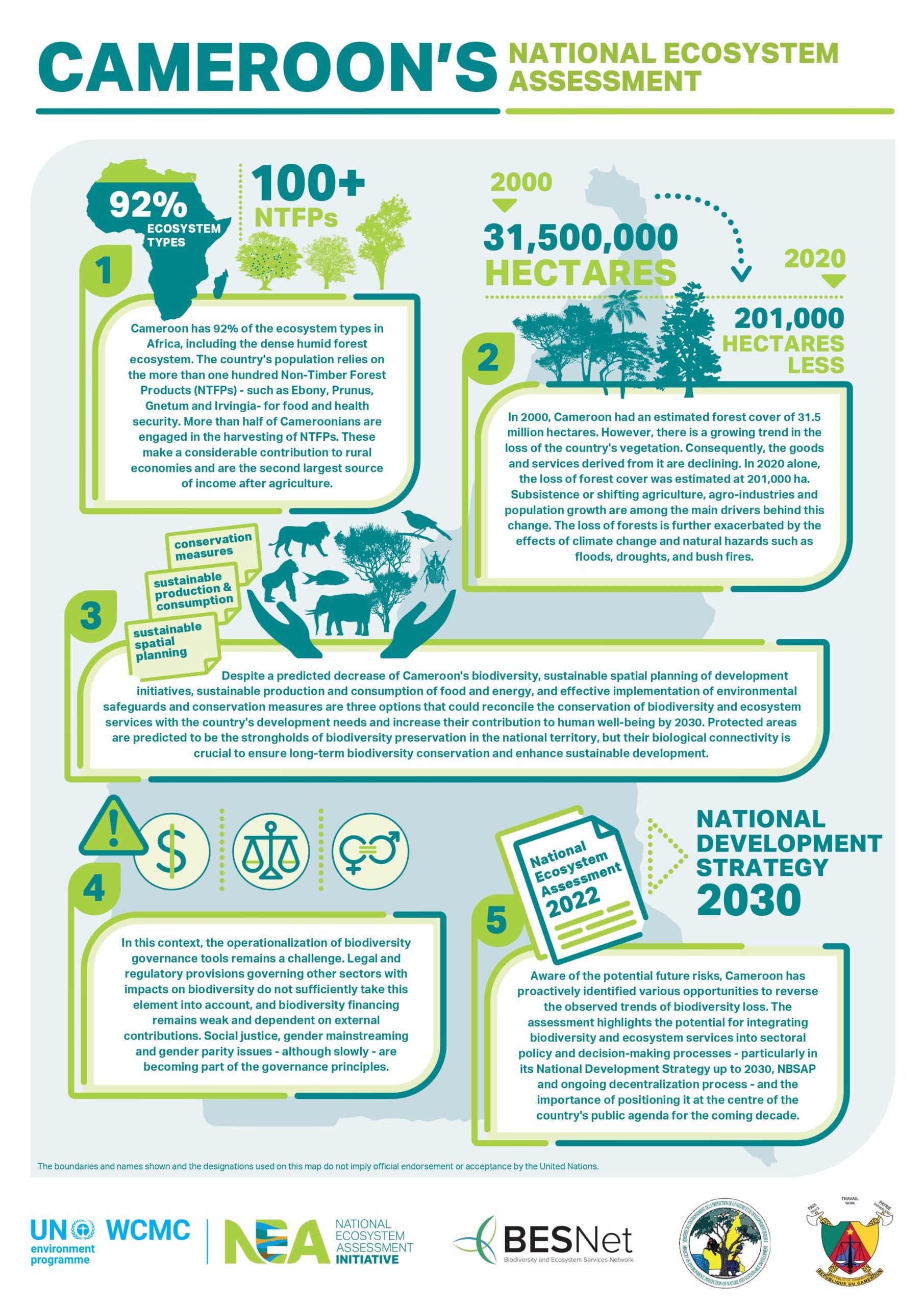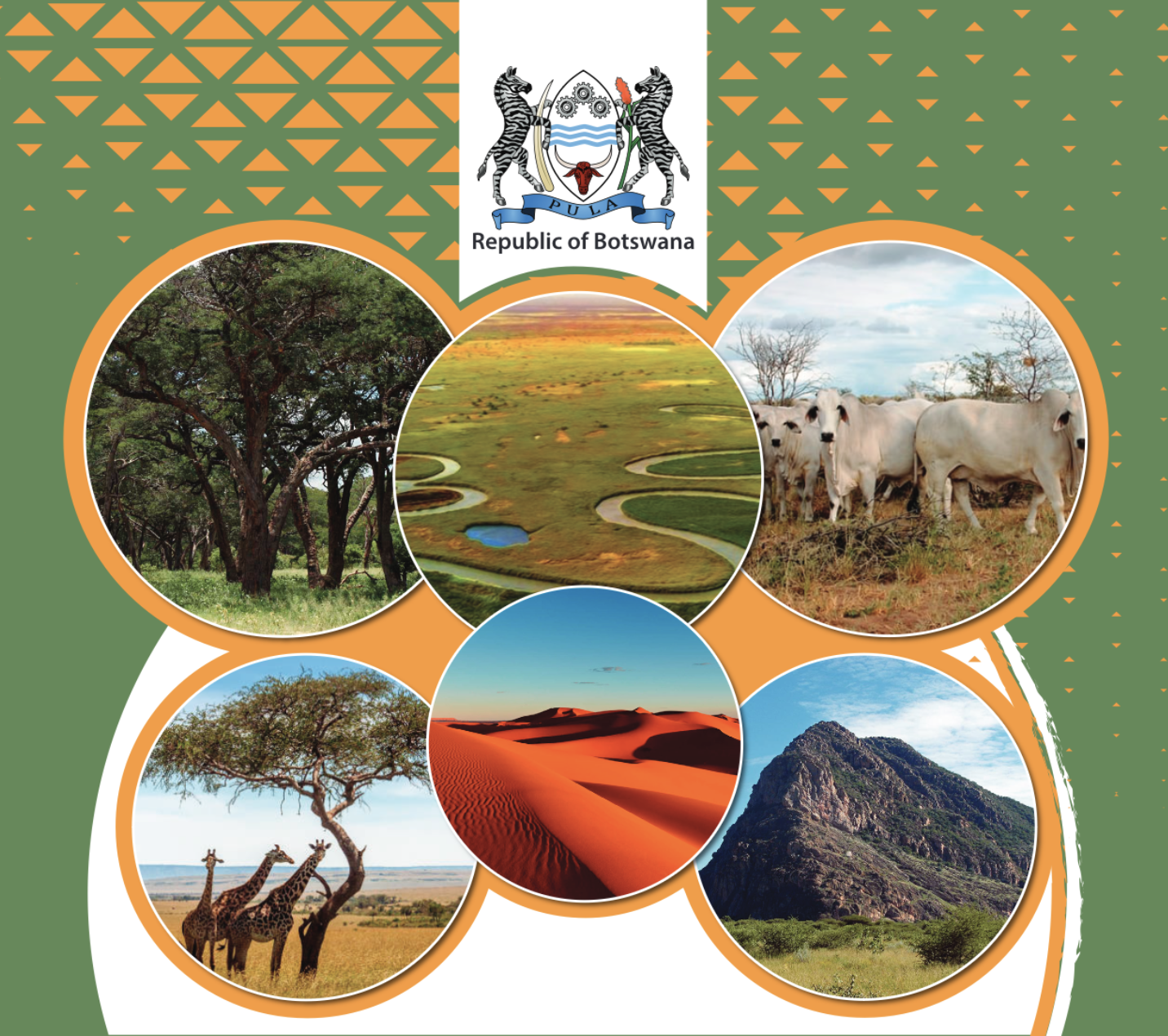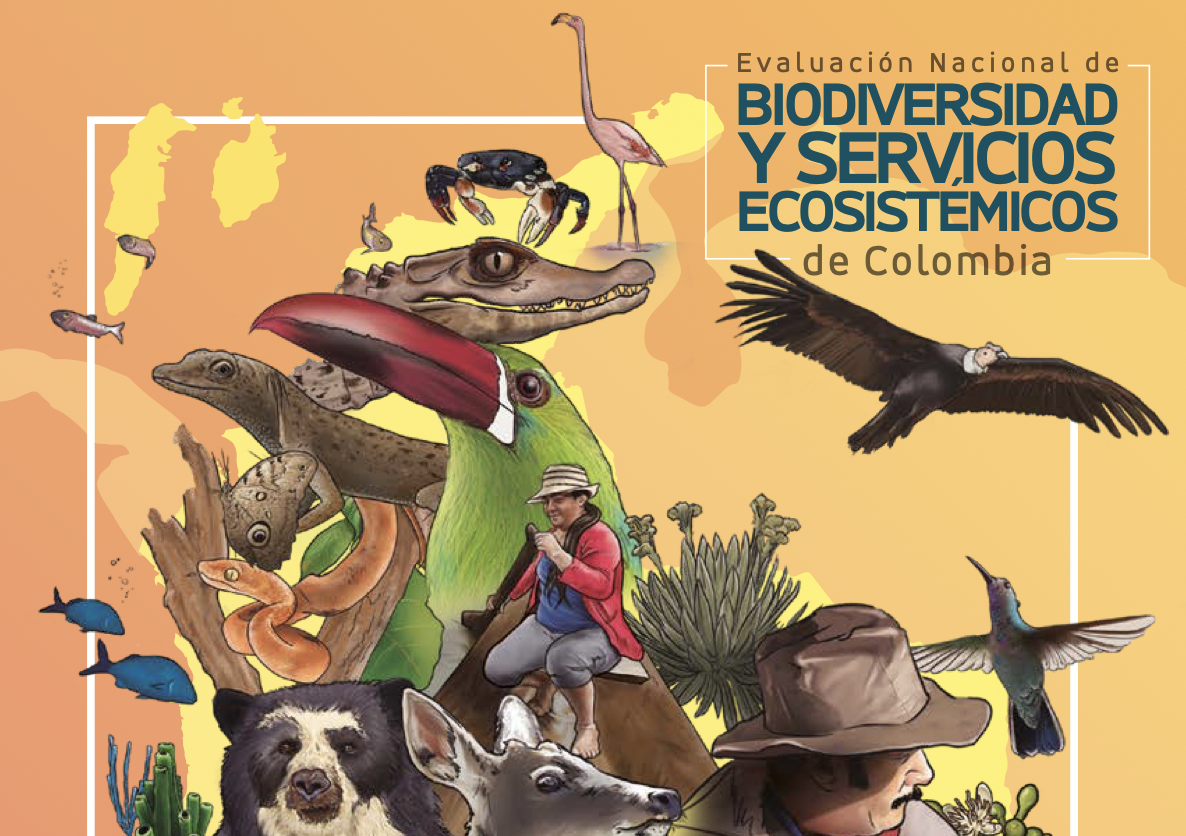Quantitative methods of prioritization are necessary to optimize the selection of protected areas for biodiversity conservation. Reserve selection is traditionally based on single species, considers representative habitats or, occasionally, spatial configuration but mostly the needs of the society. However, protecting particular species as independent entities is not enough to ensure effective conservation of ecological communities, since their functioning depends on the interactions between species. We propose a strategy to identify priority areas for protection based on species interaction networks. Similar local networks are grouped according to two different sets of network features interacting species pairs and overall network structure. These groups or clusters of networks are used to delimitate ecological subregions, which are then compared to current nature reserves. Subregions with a lower proportion of protected areas are given higher priority. Results from species pairs and network structure are finally combined to obtain the network protection priority index. We present a case study applying this strategy to the Brazilian Atlantic Forest, using plant-pollinator networks. We found that subregions based on network structure show a more grainy pattern, and approach spatial patterns related to forest formation types, while subregions based on species pairs show more distinct patches and a higher level of detail in the division, especially for interior forests. The highest priority is given to portions of the seasonal semi-deciduous and deciduous forest, especially NE São Paulo, NW Paraná, N Rio Grande do Sul and E Minas Gerais and, secondarily, W São Paulo and the São Francisco region. The approach we suggest here goes beyond the level of species, seeking to perpetuate the ecological interactions and networks that make up biological communities. It is our hope and conviction that this strategy contributes to the development of more effective conservation planning.
Priority areas for protection of plant-pollinator interaction networks in the Atlantic forest
Year: 2022





















































































































































































































































































































































































































































































































